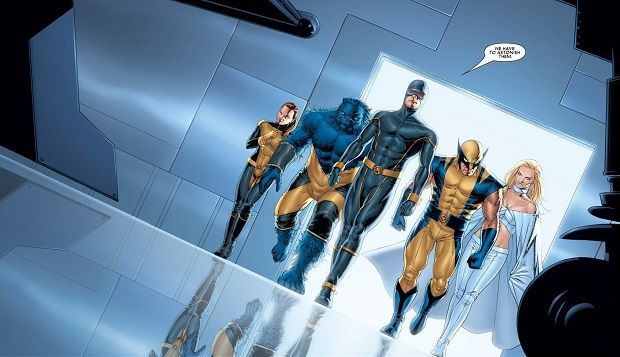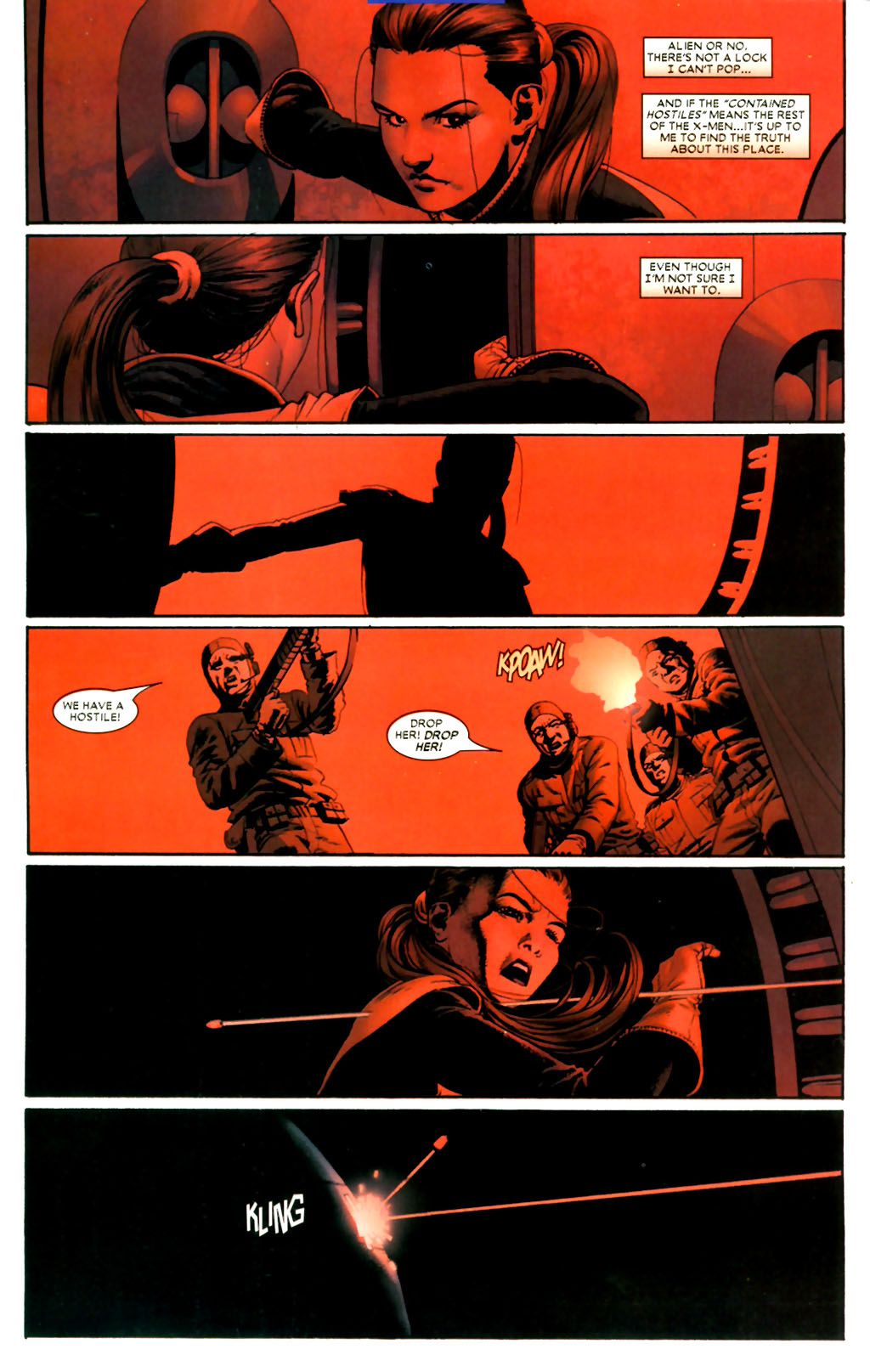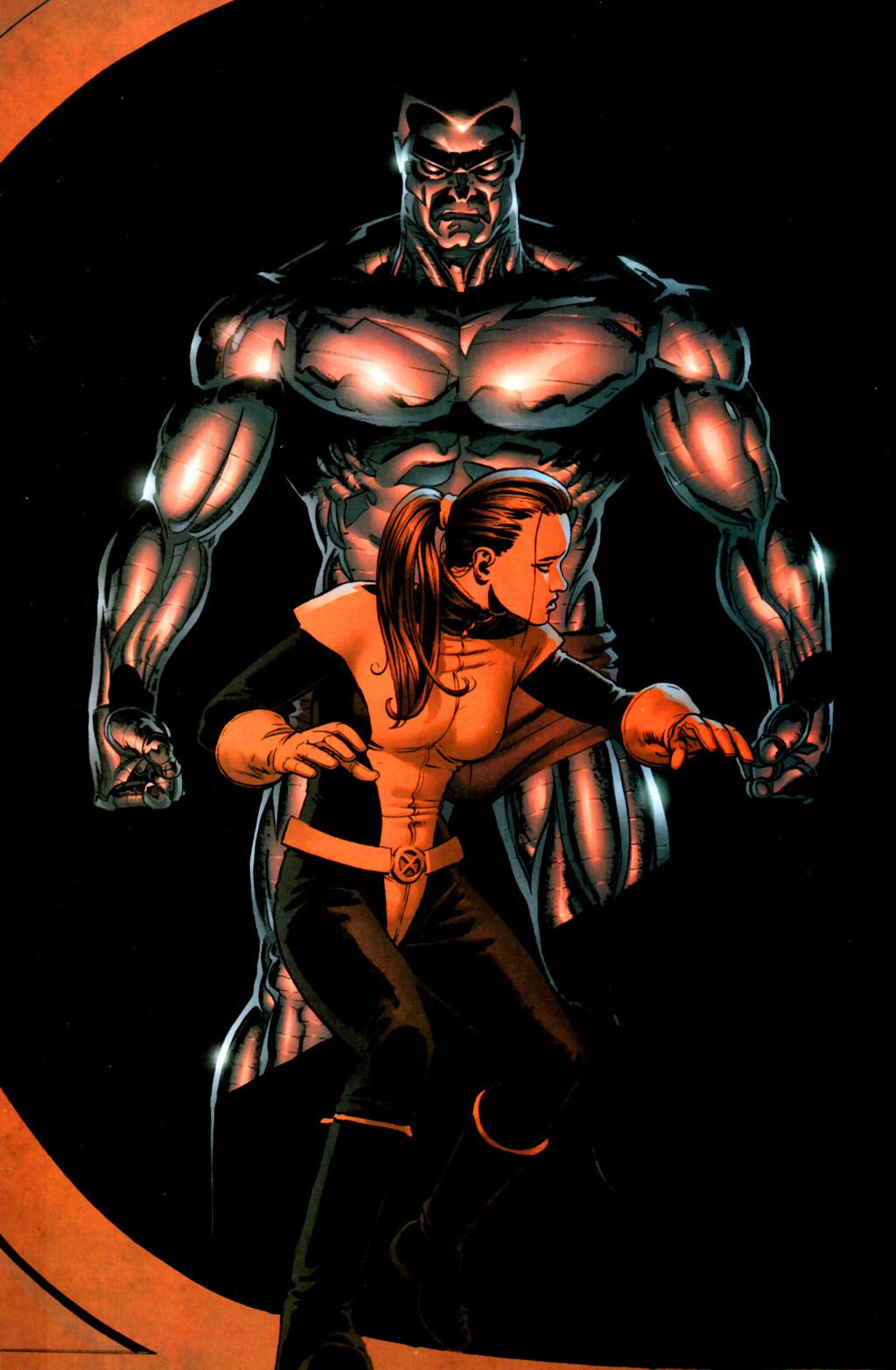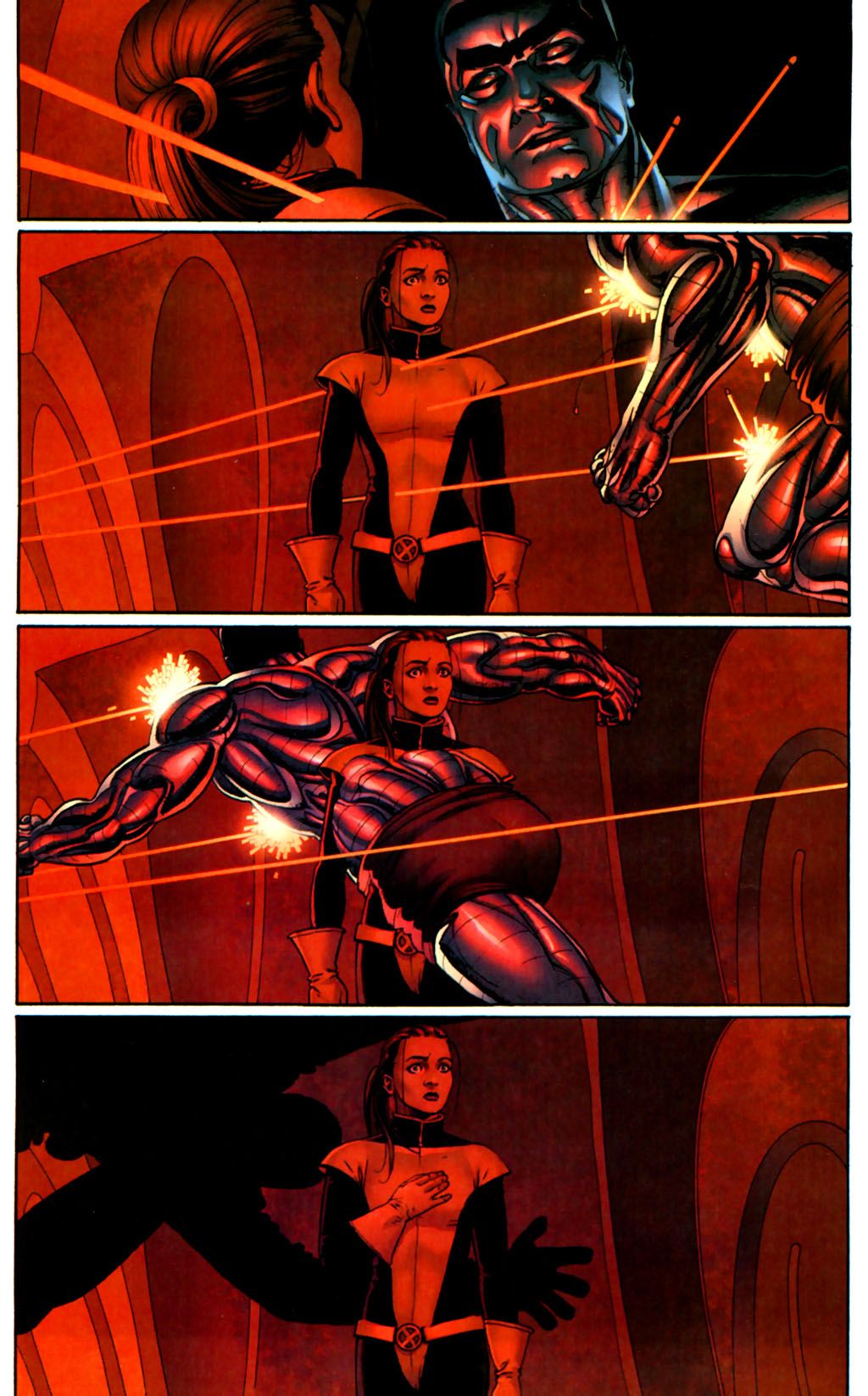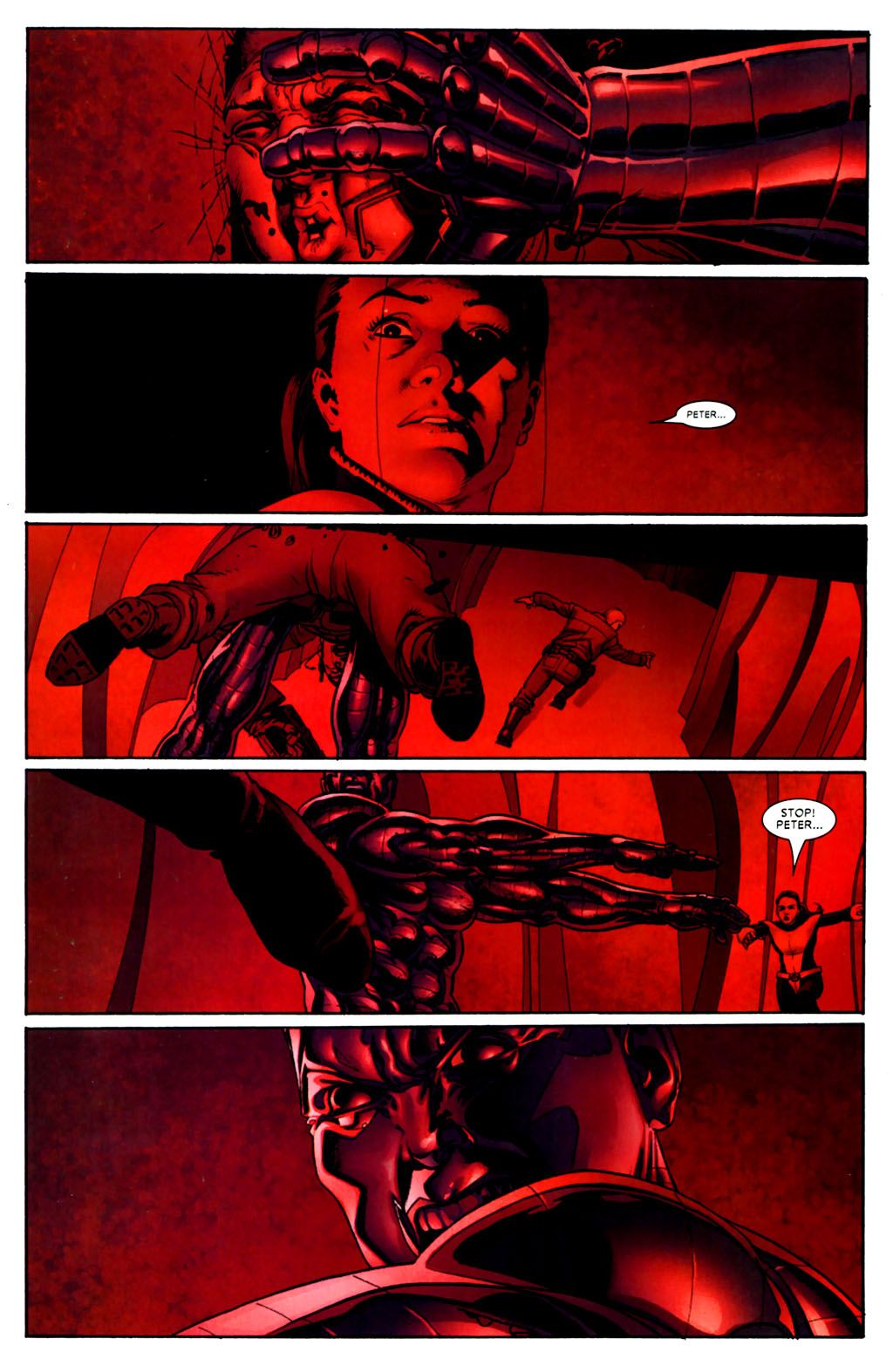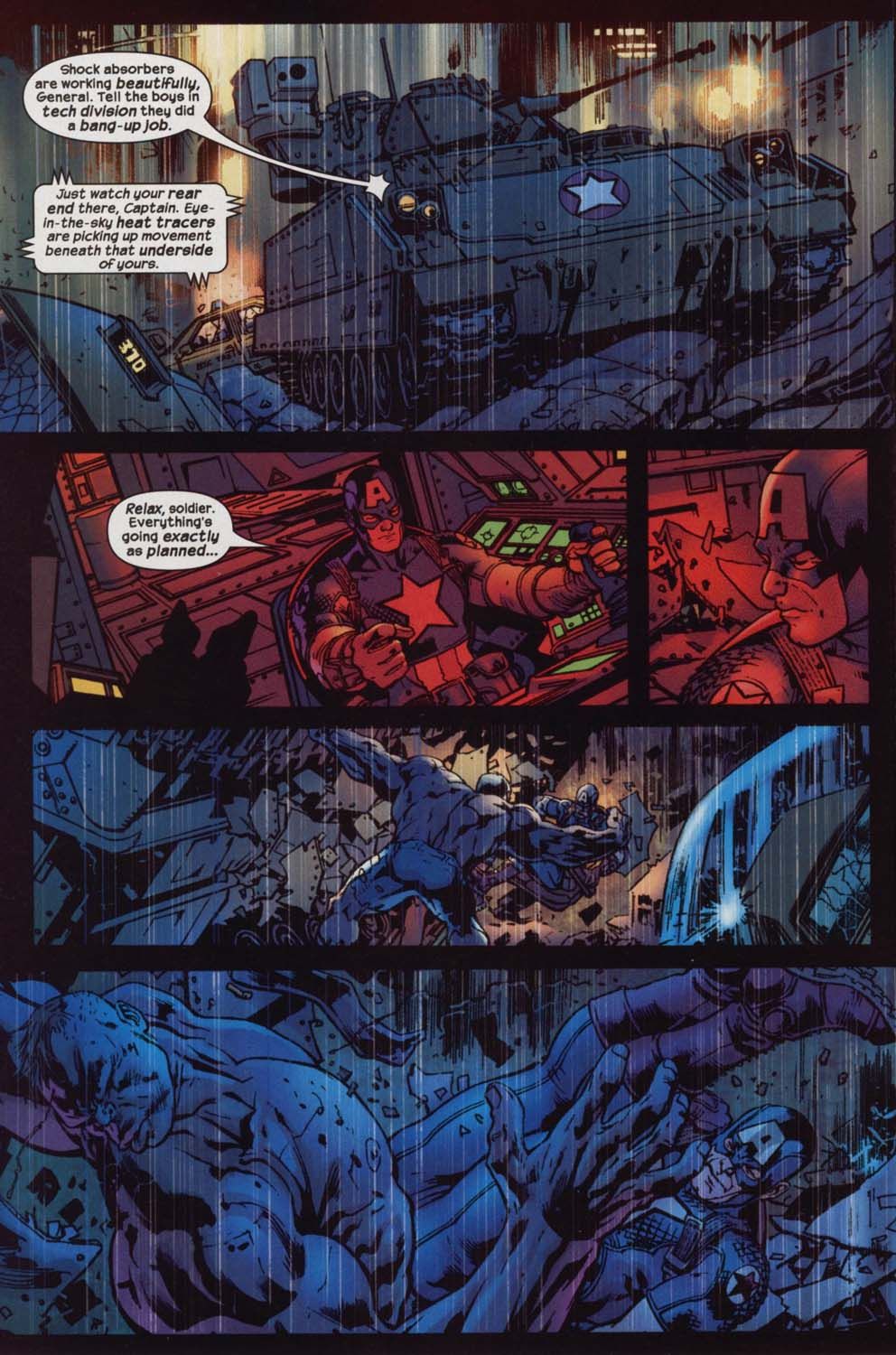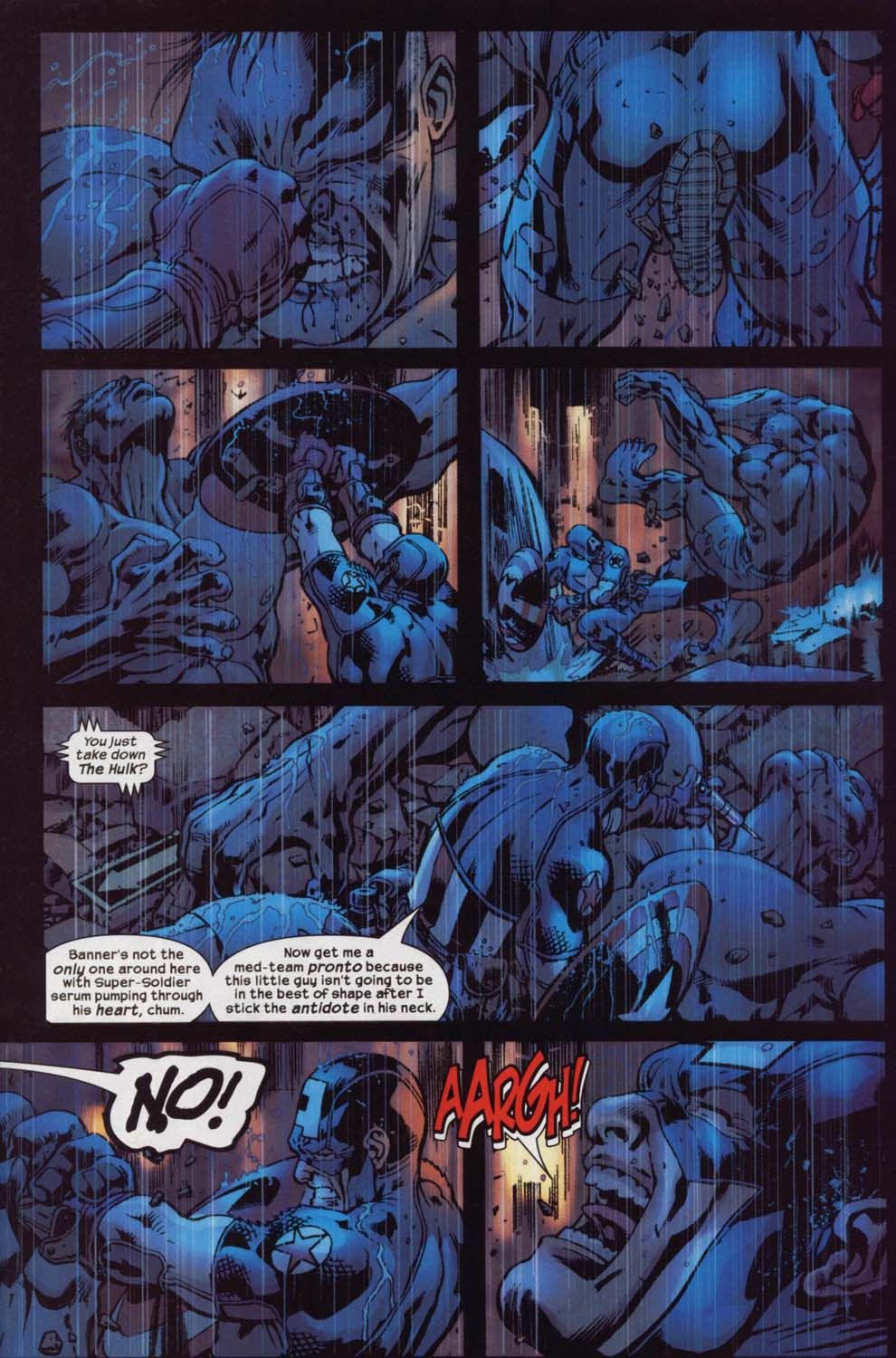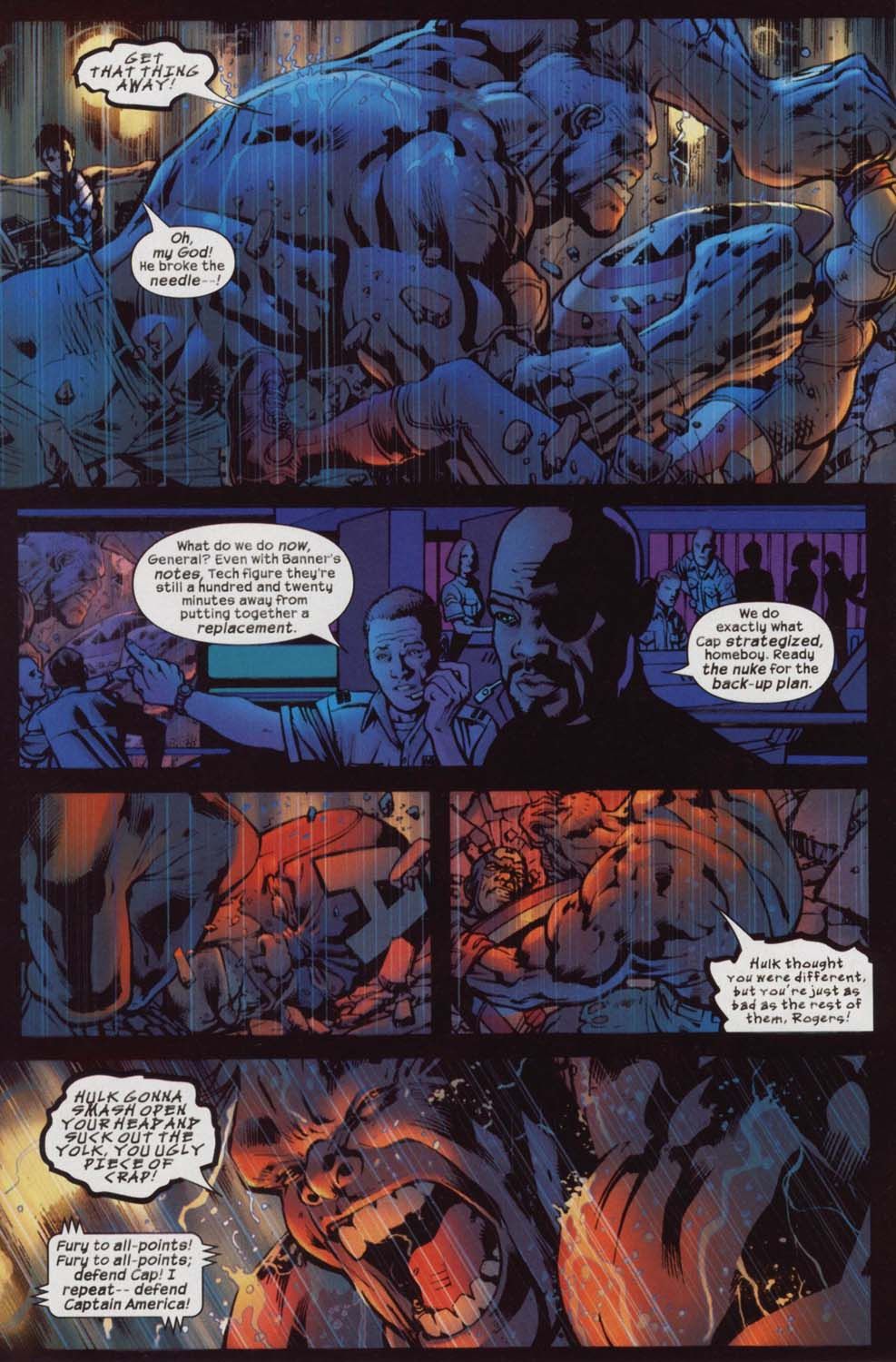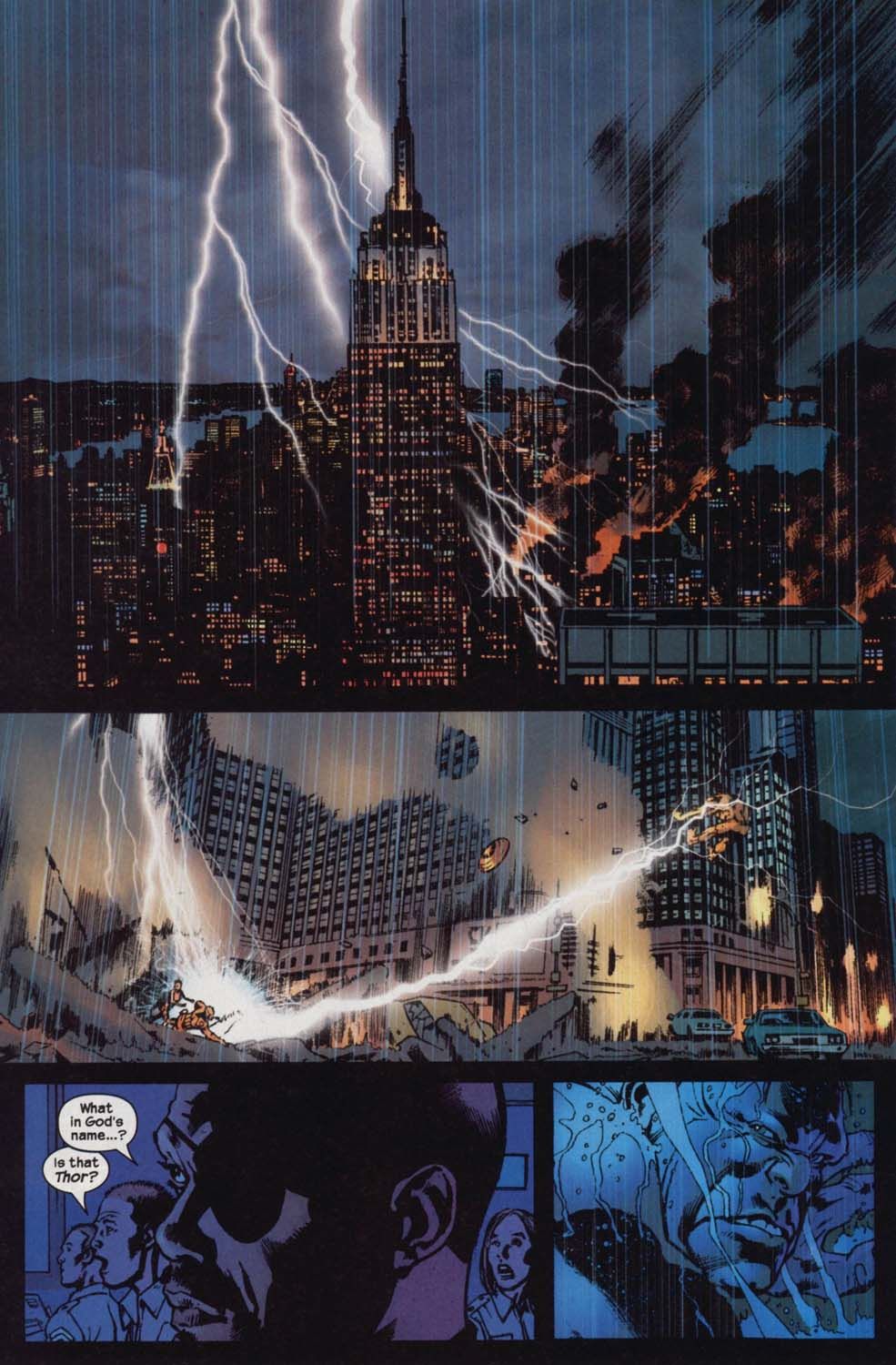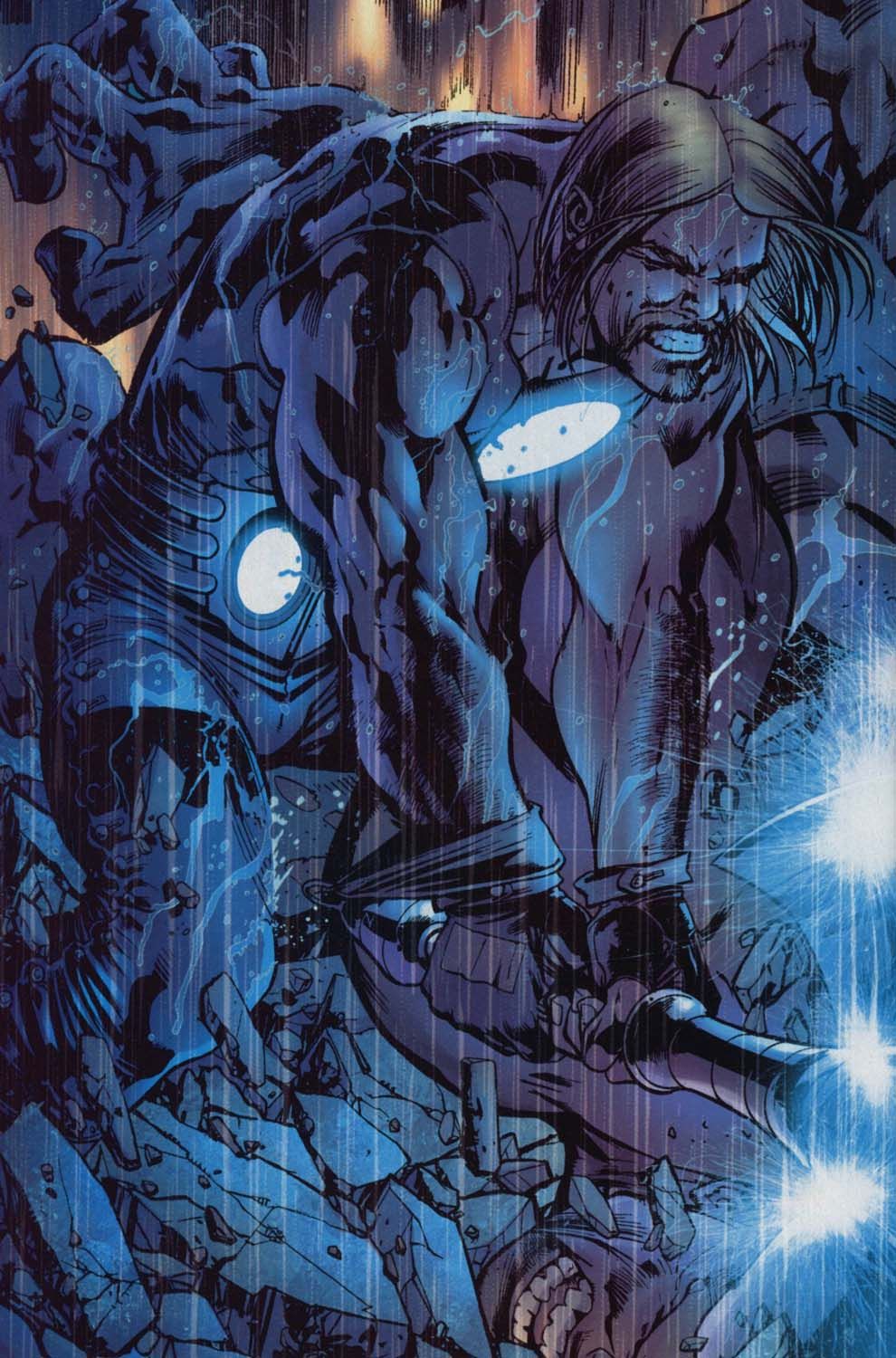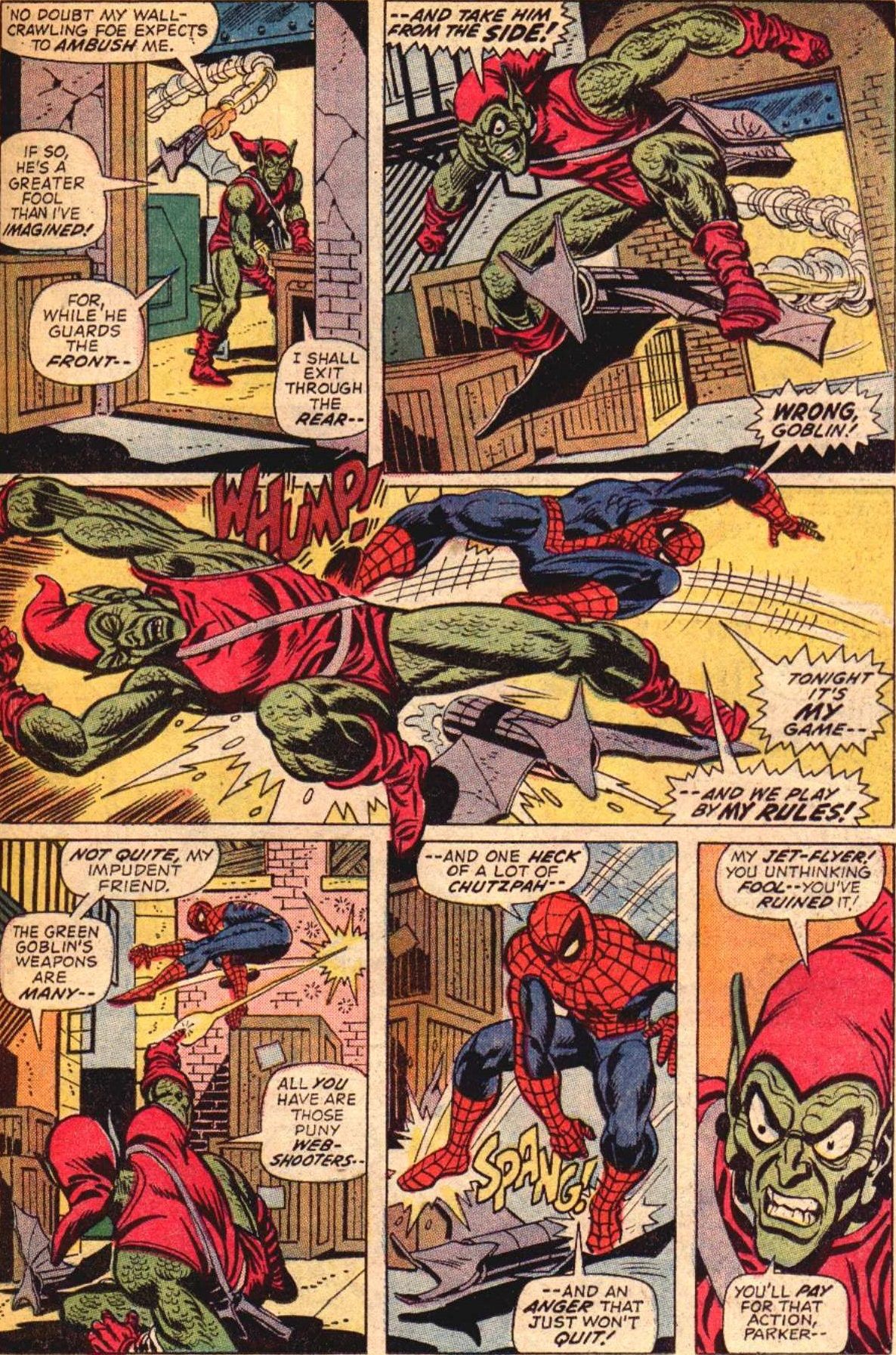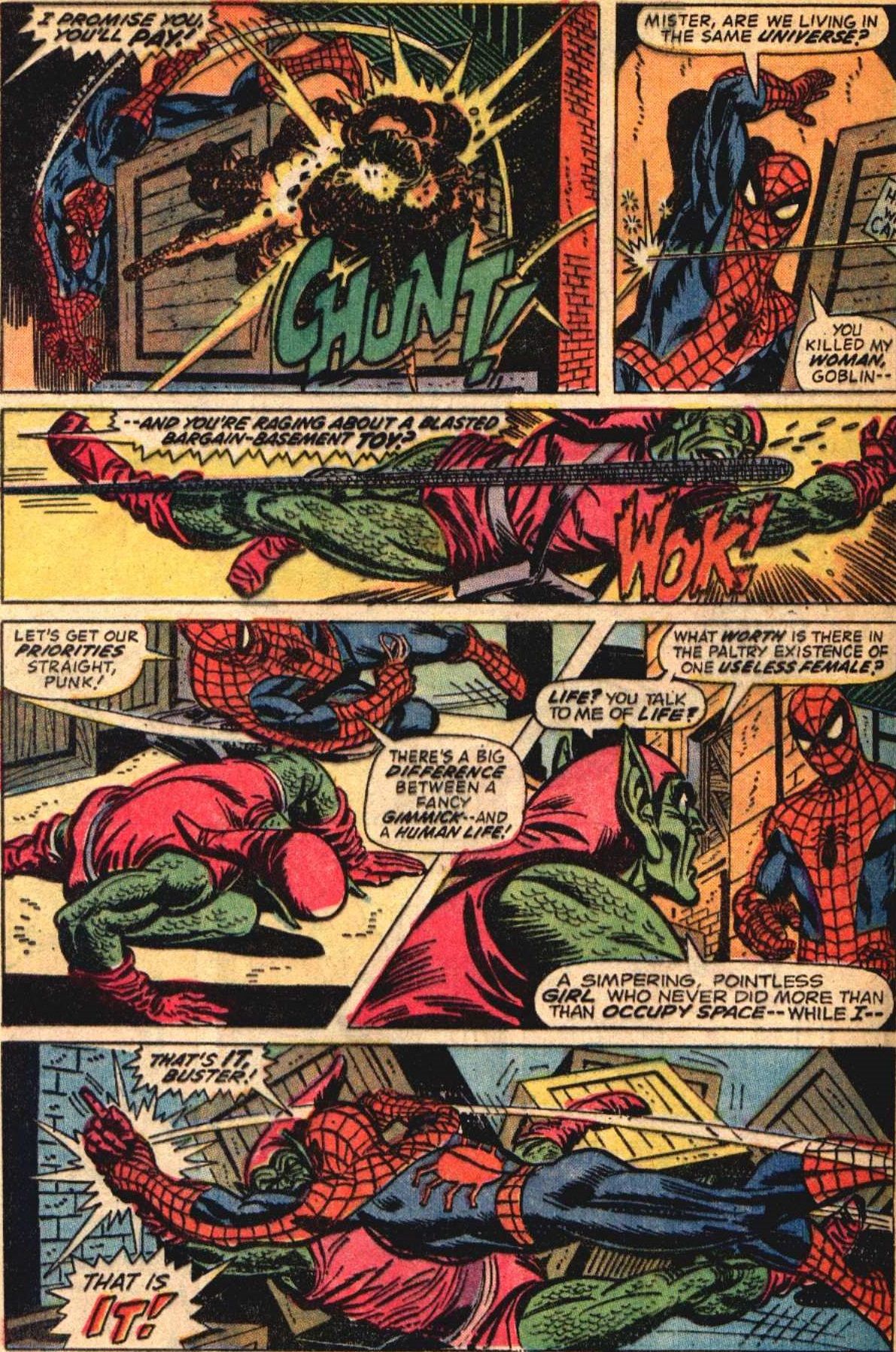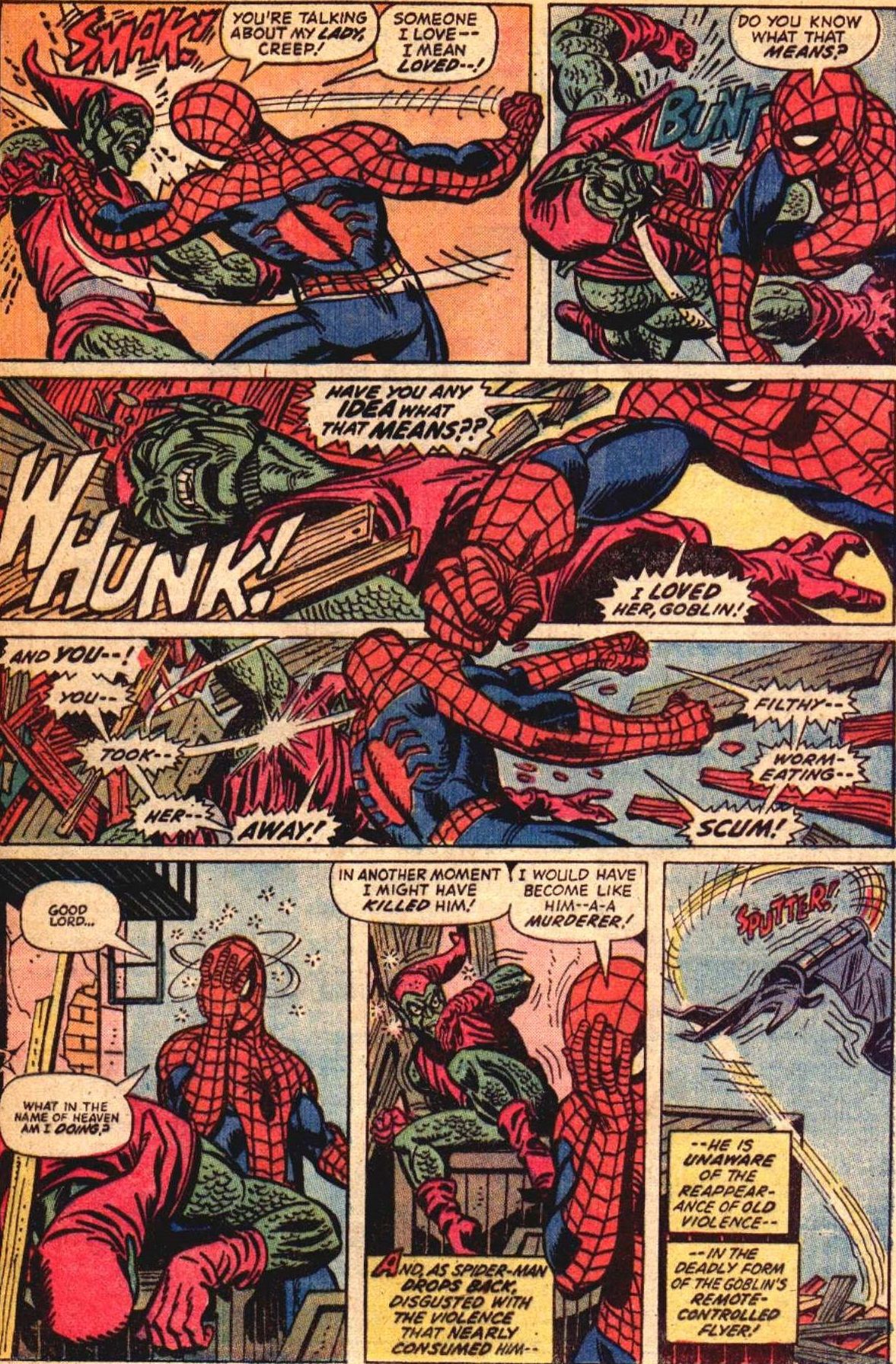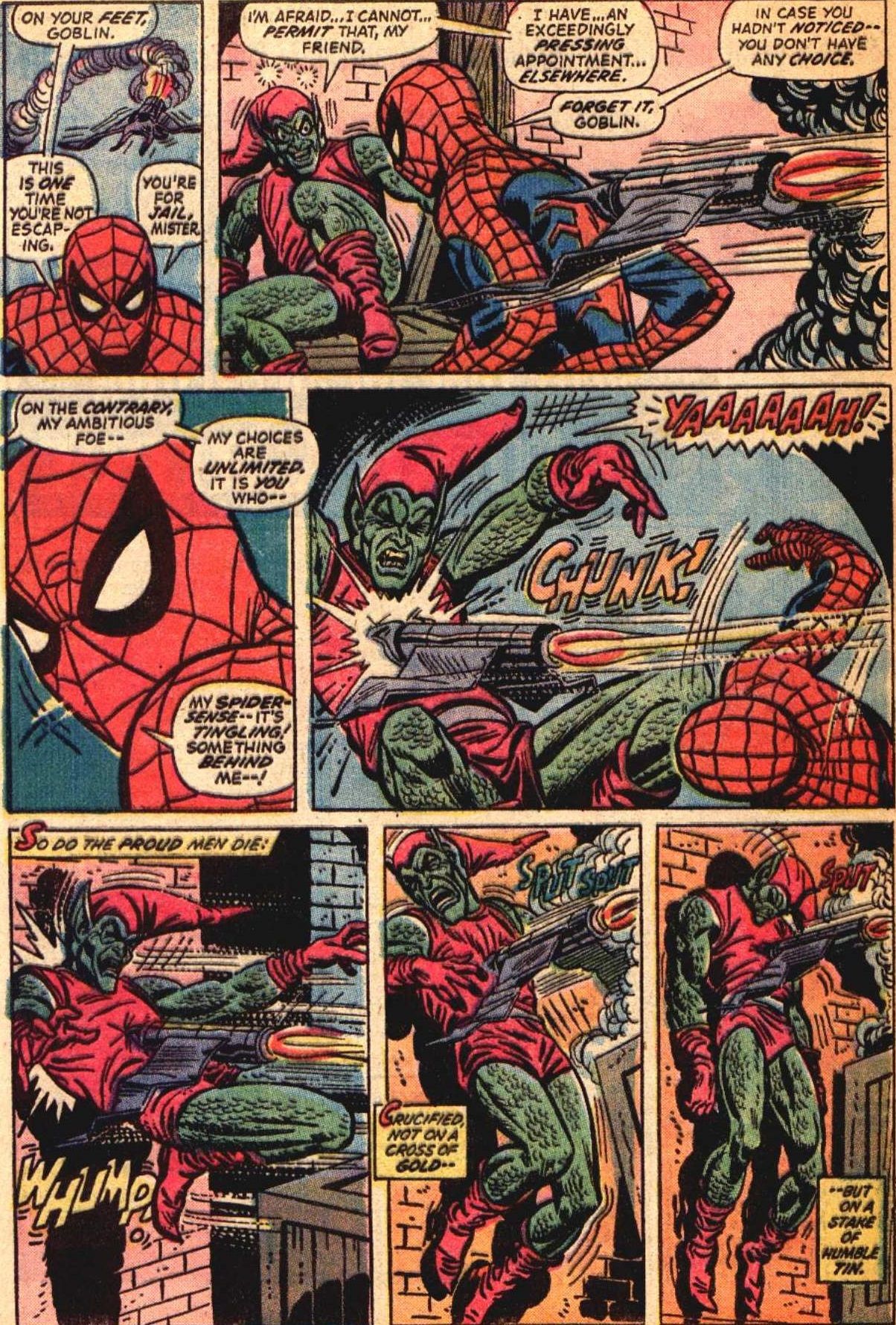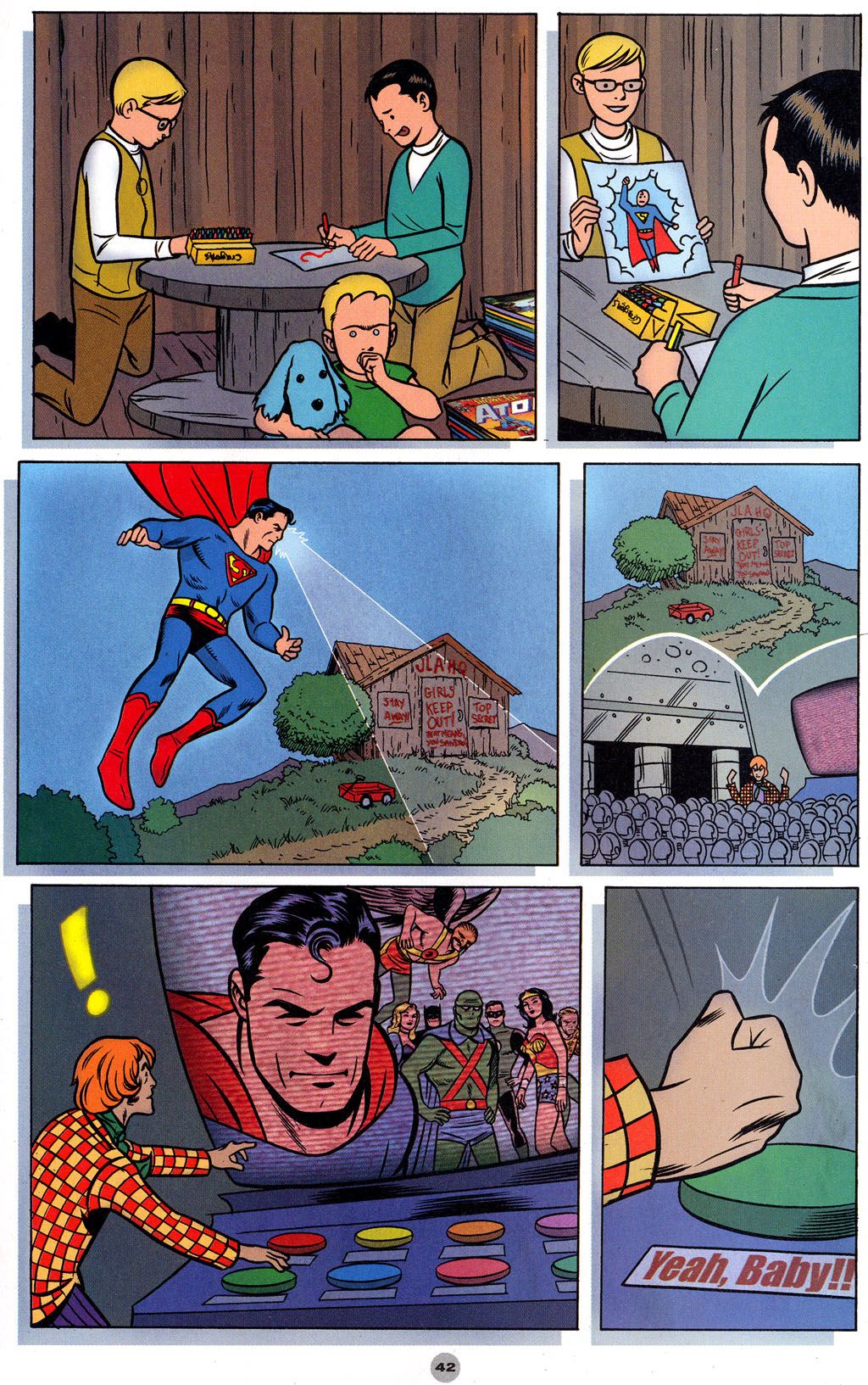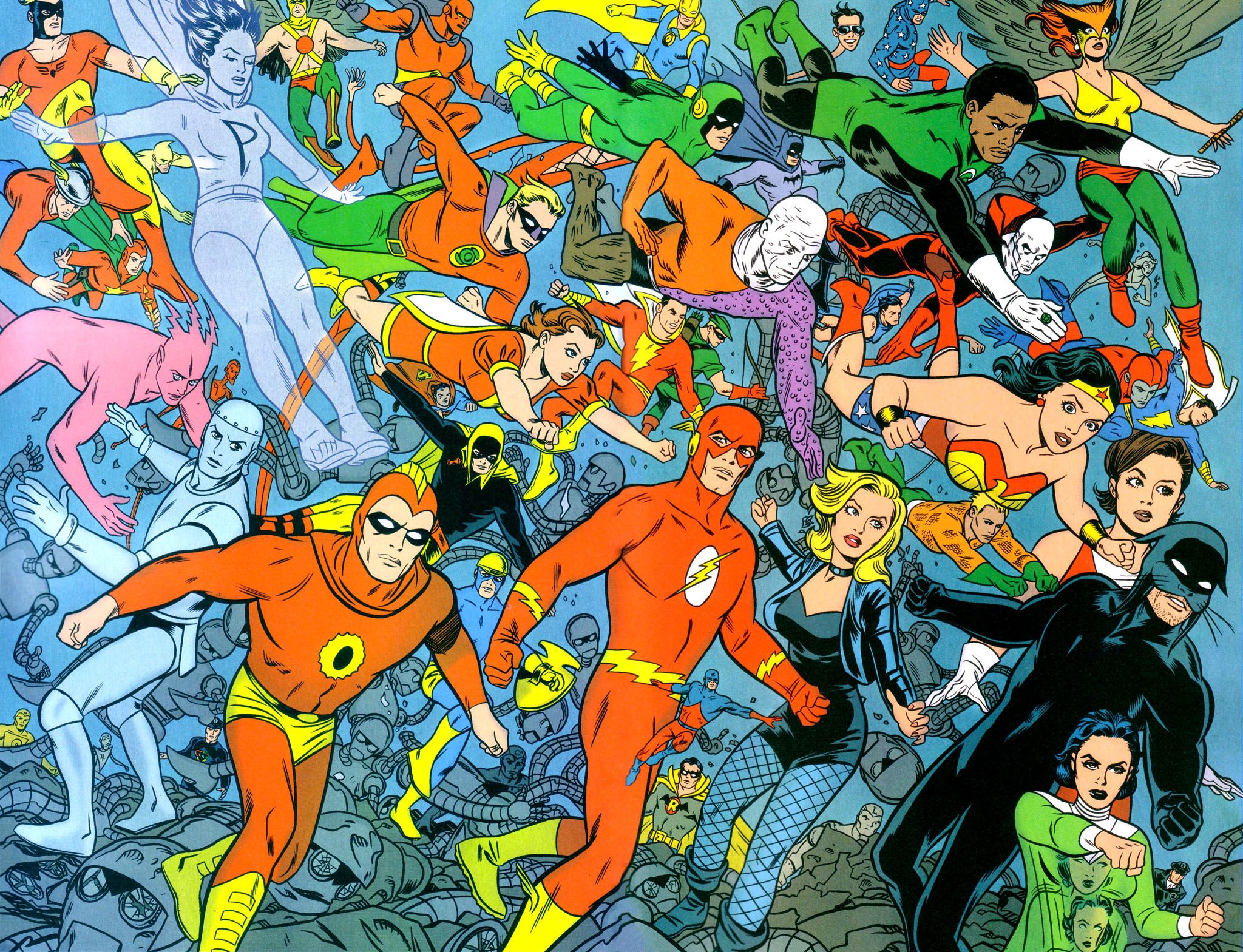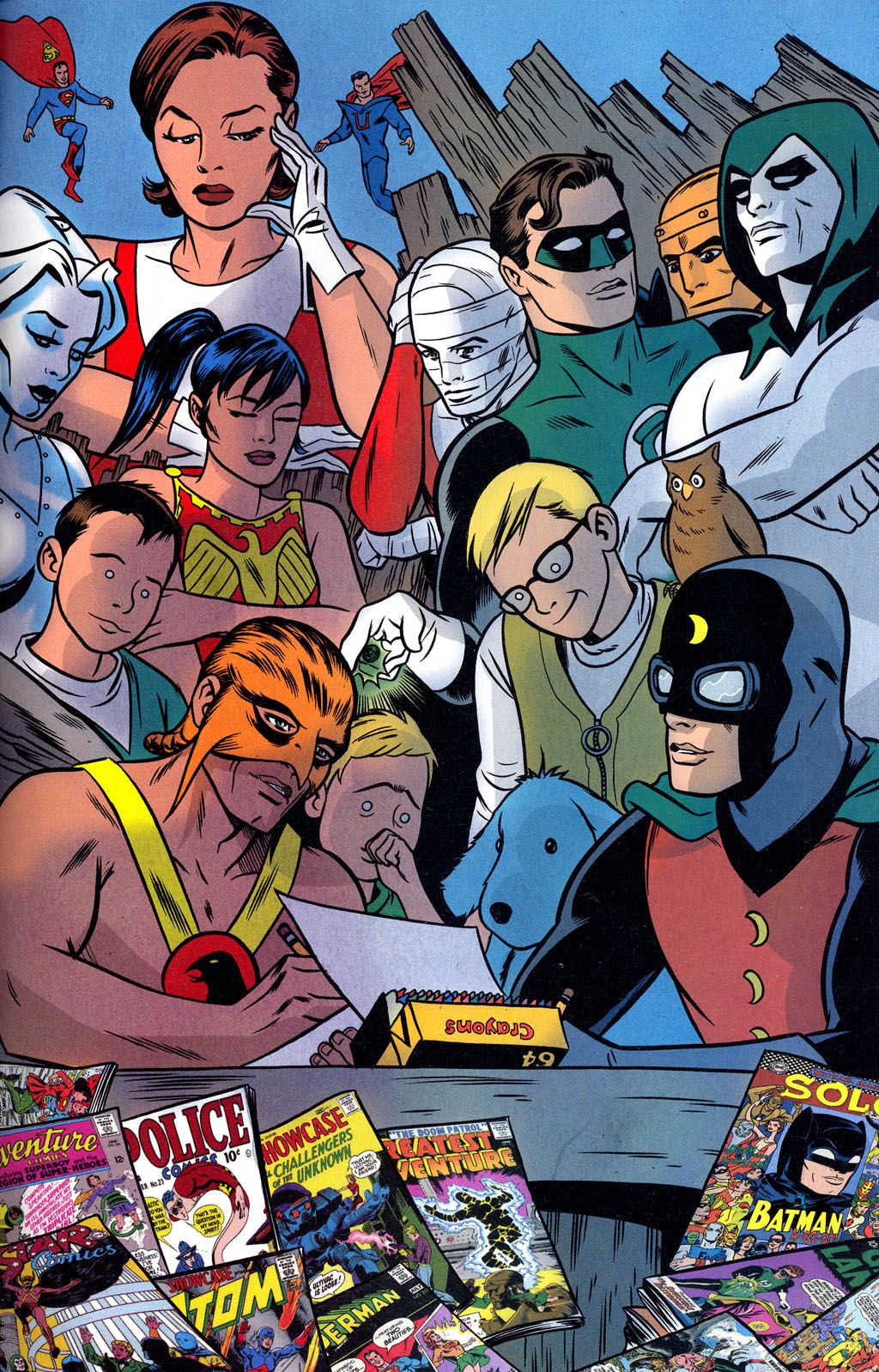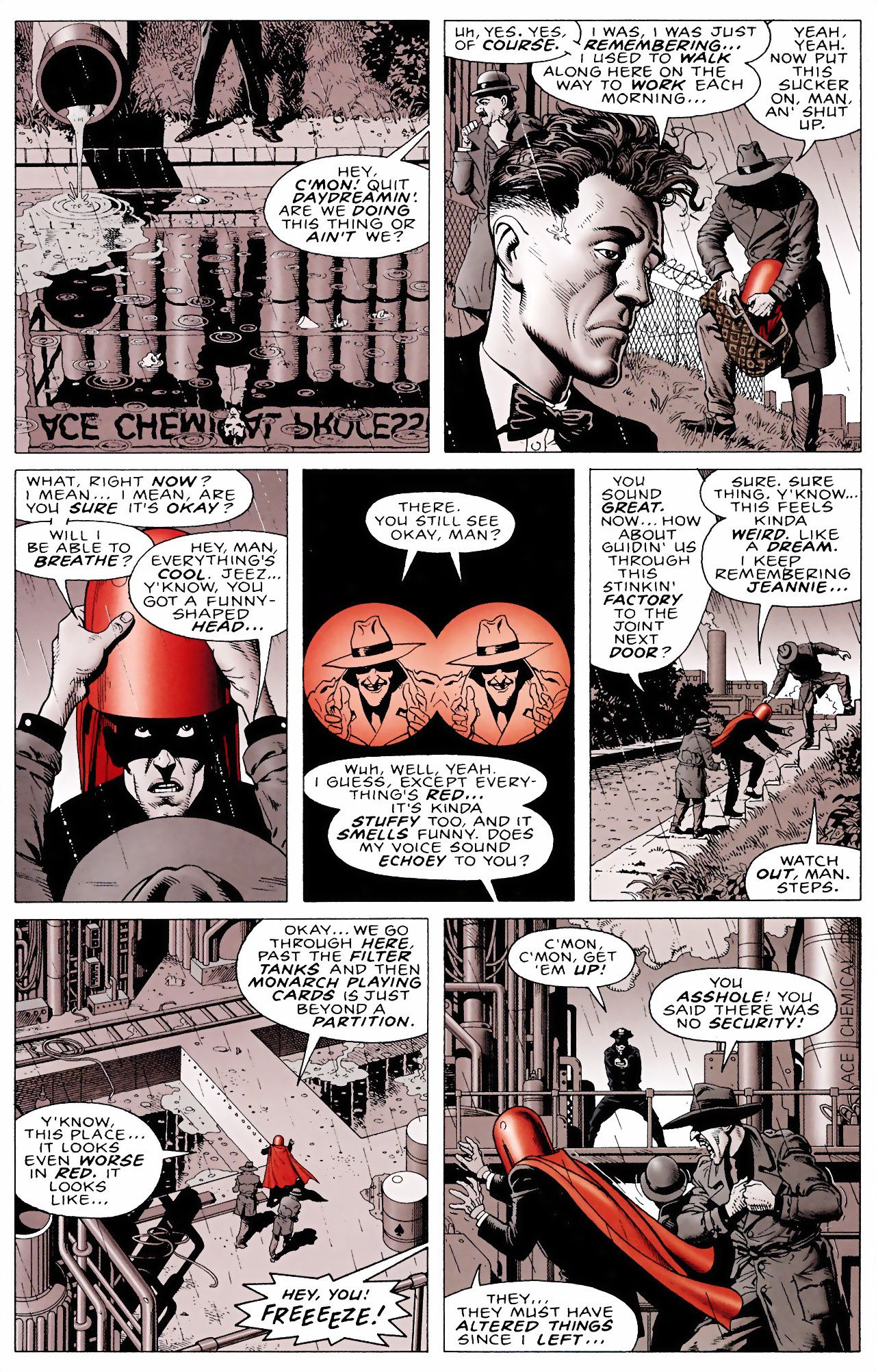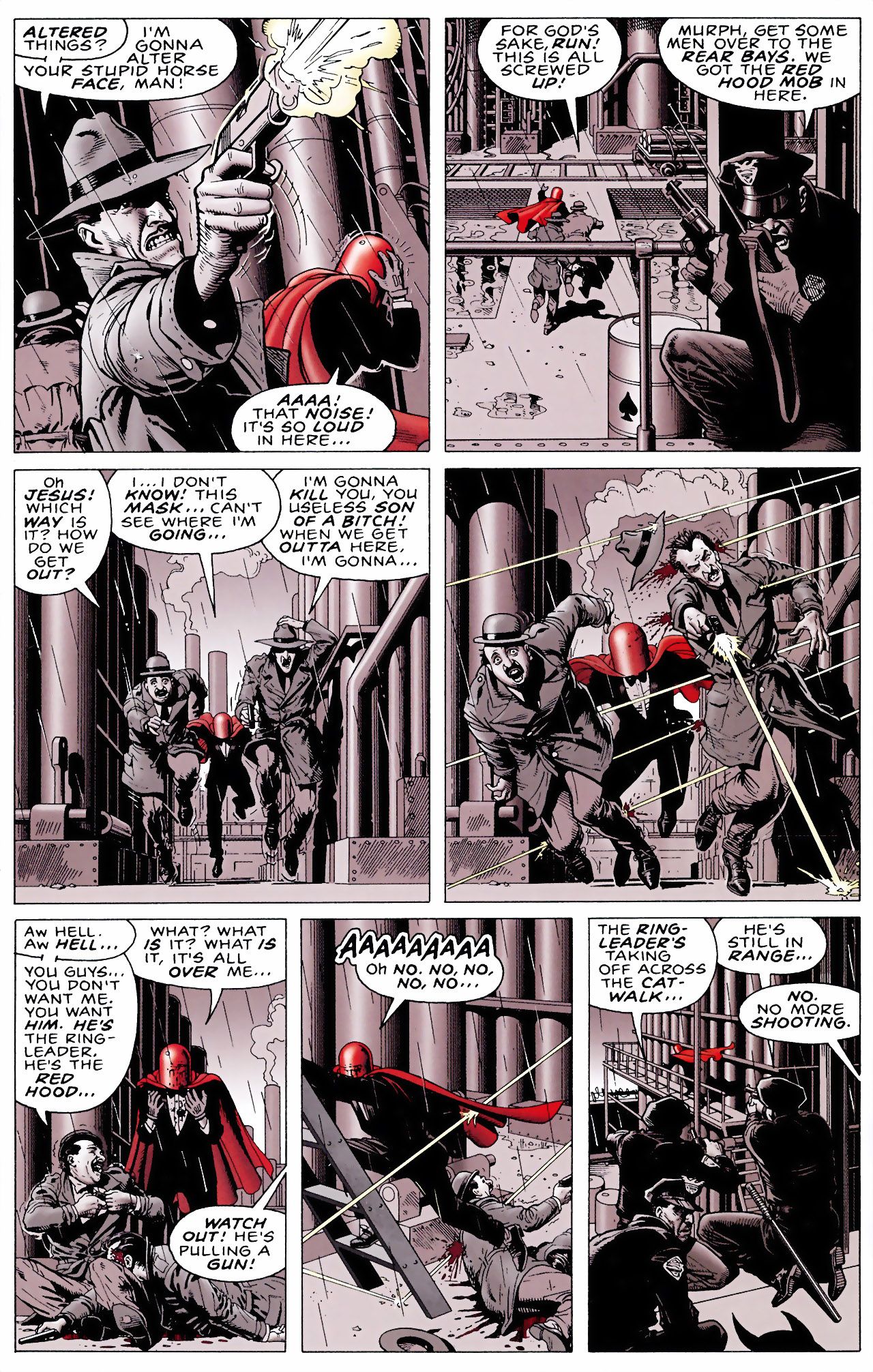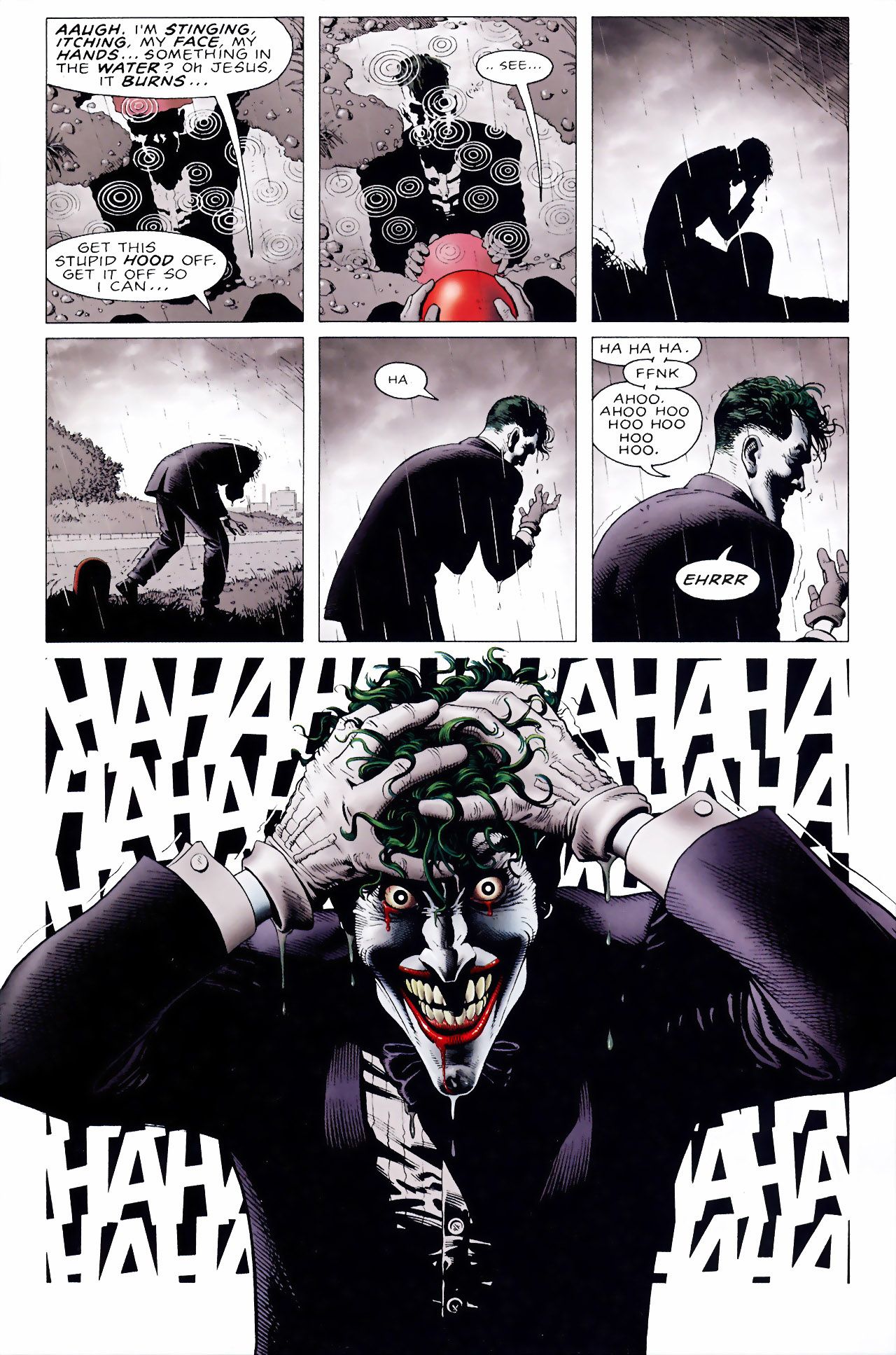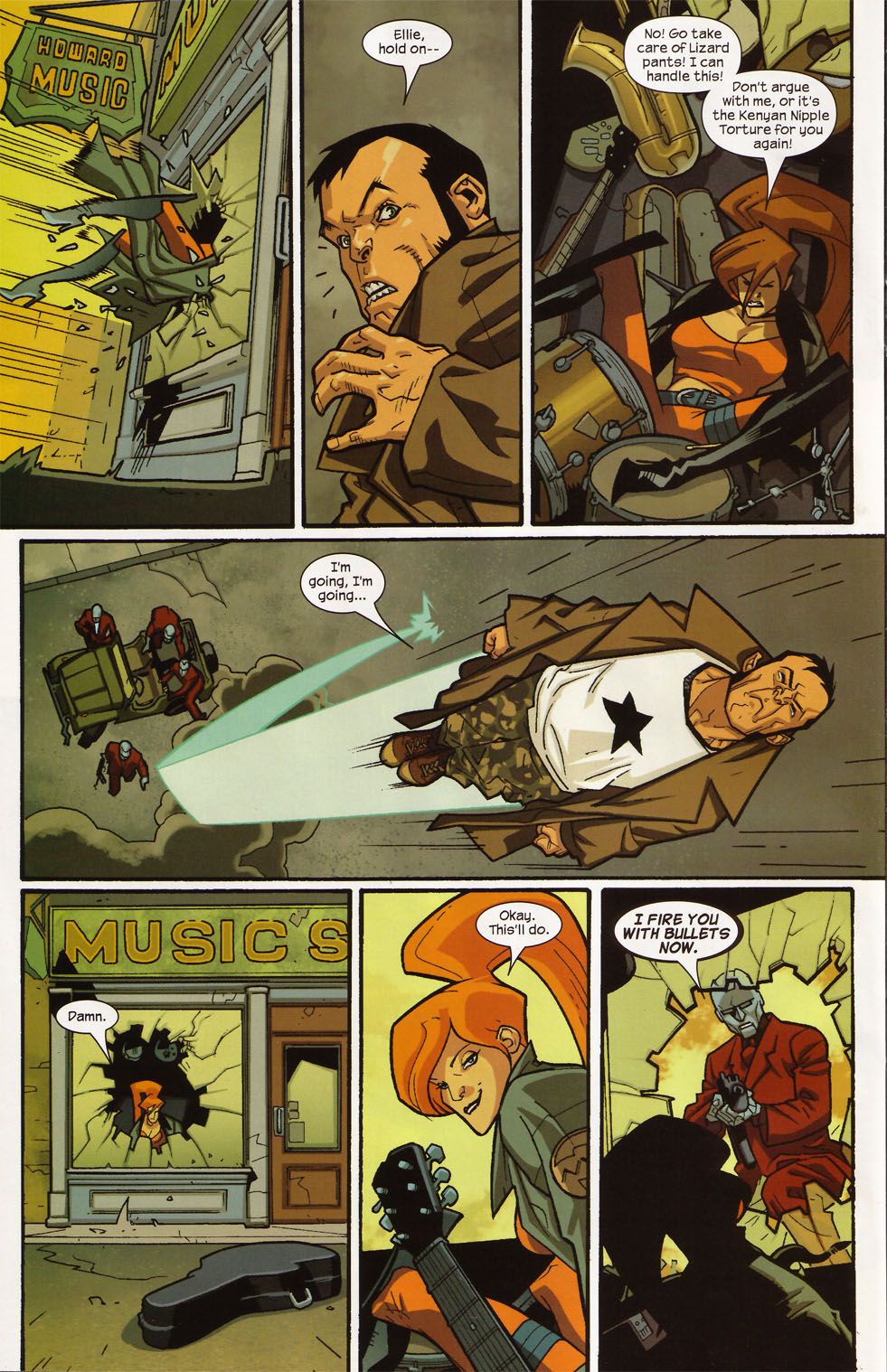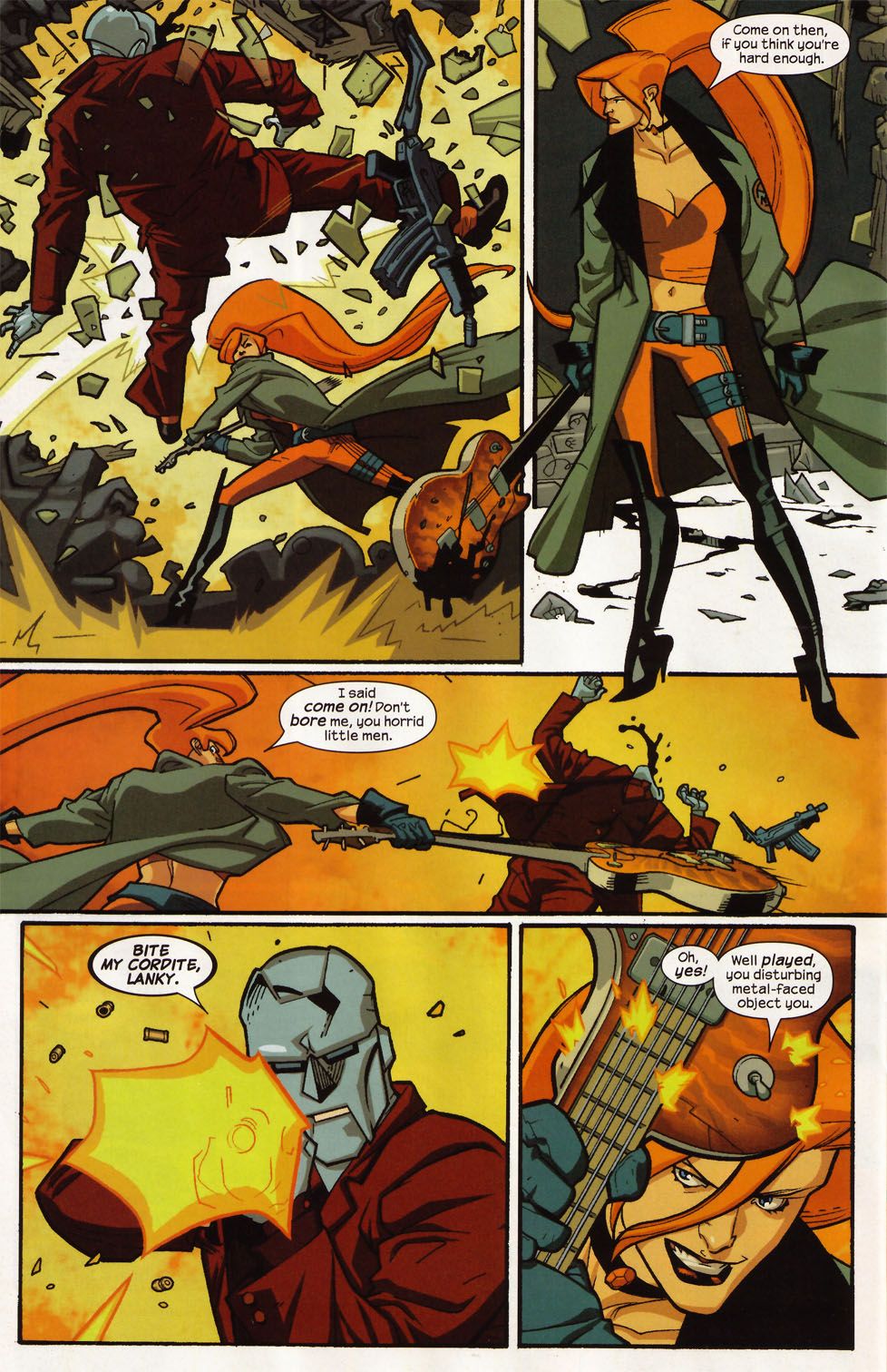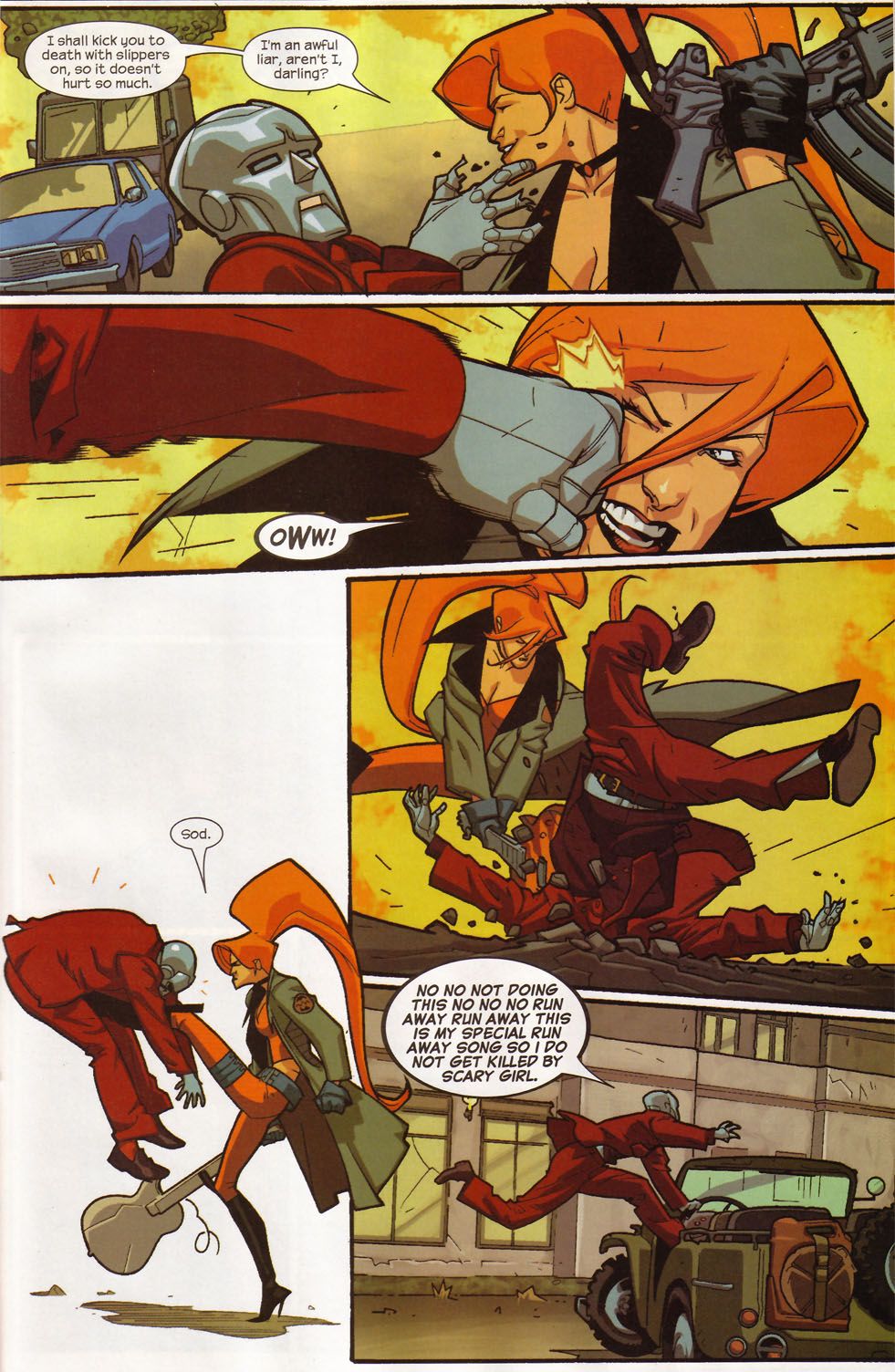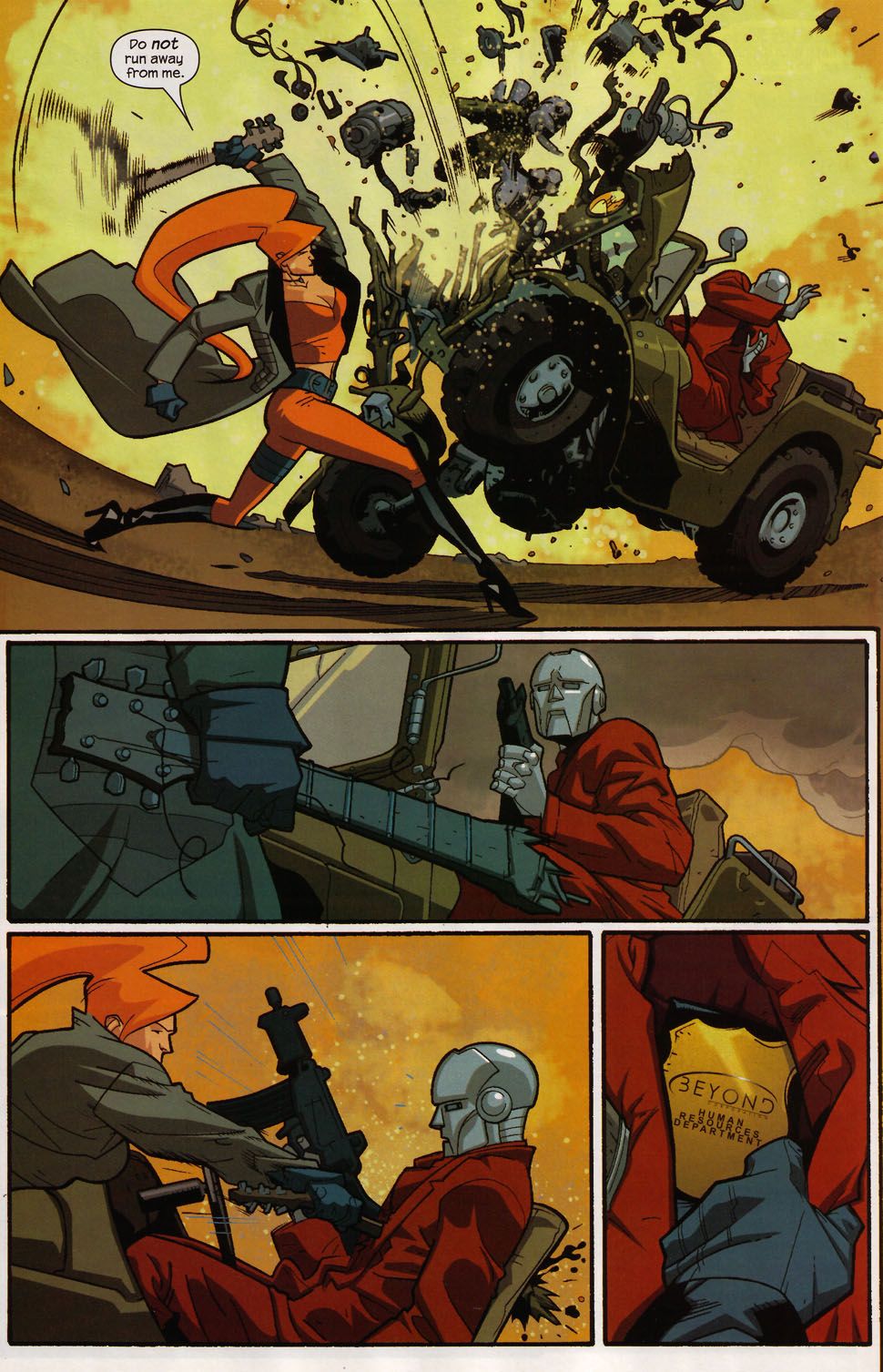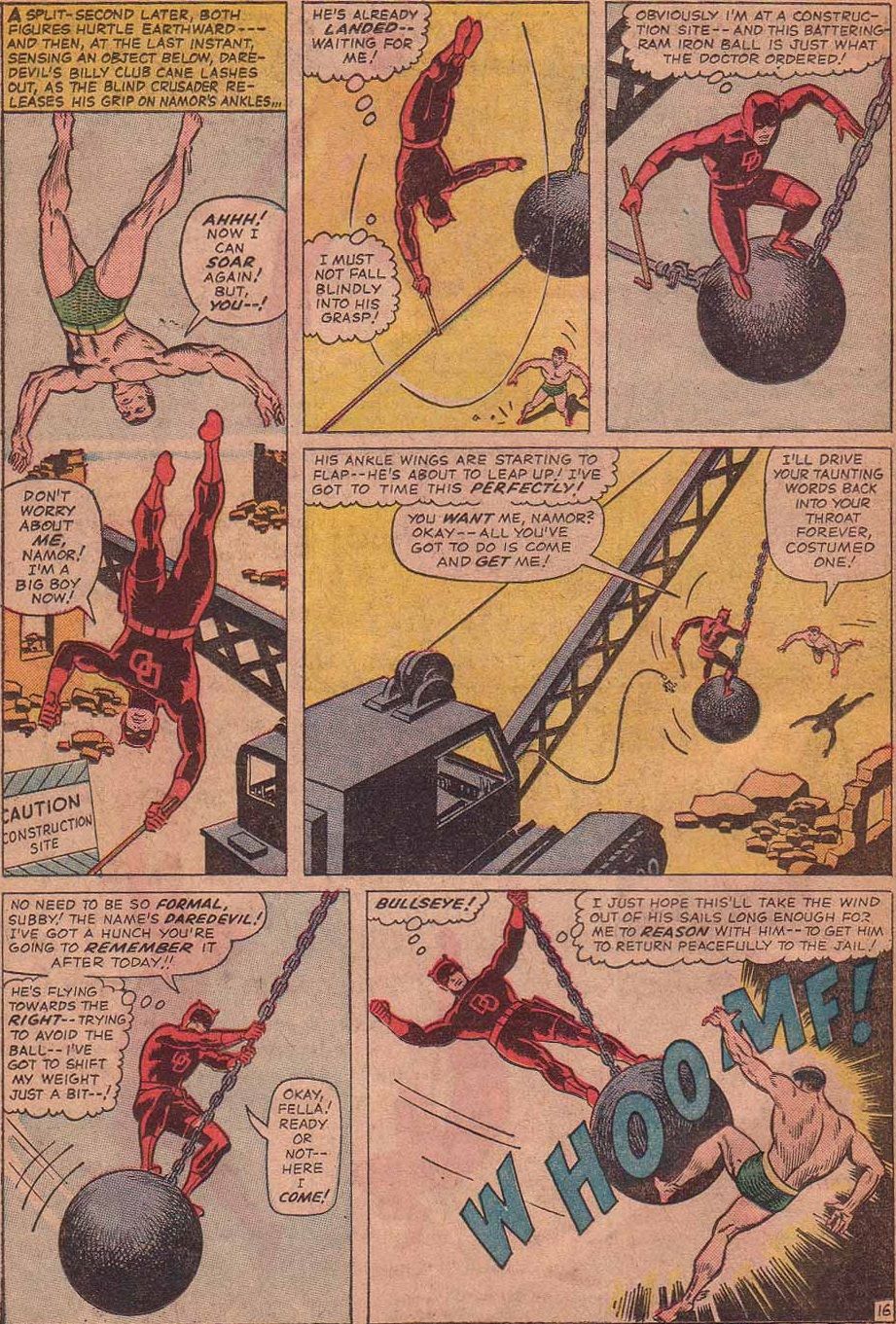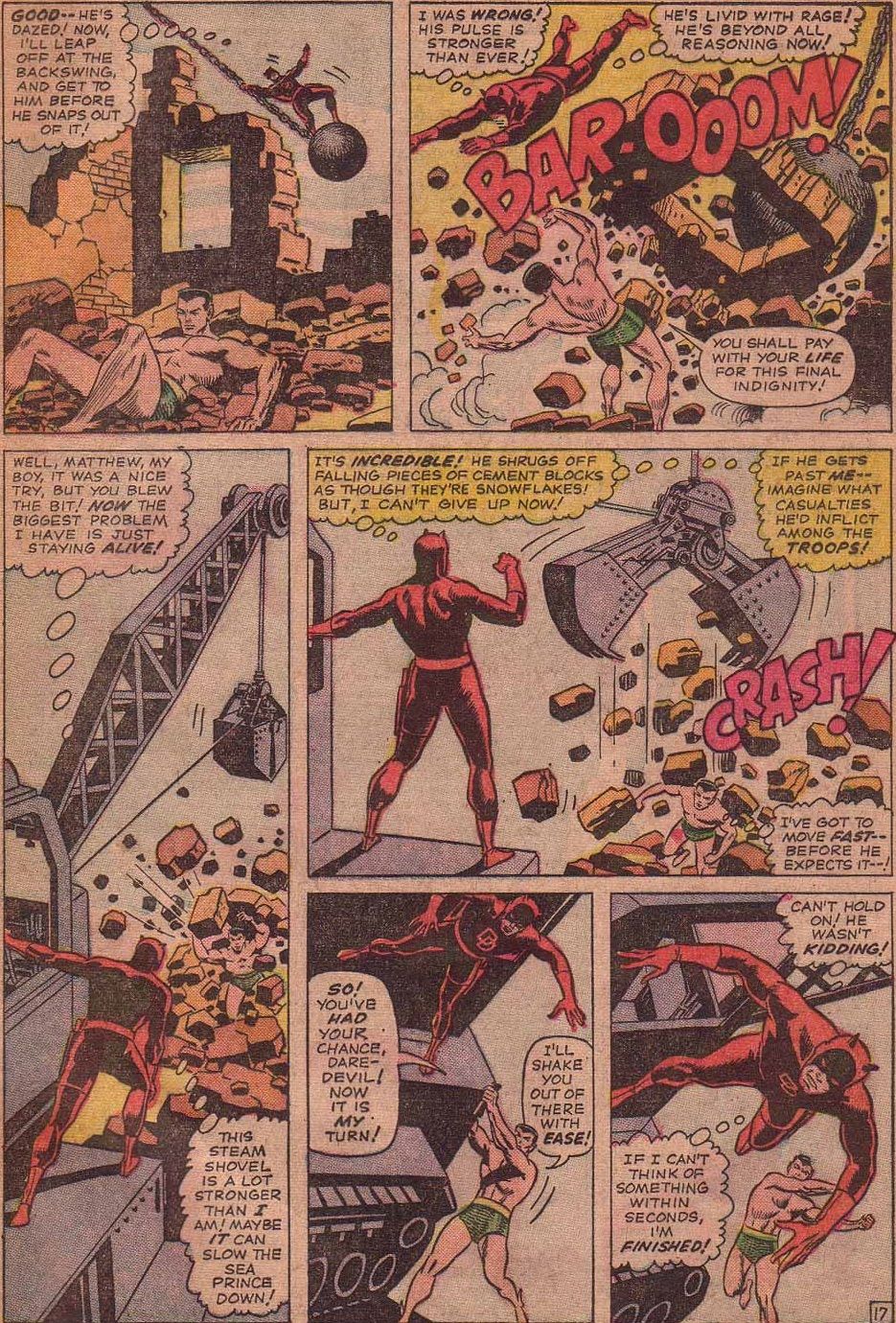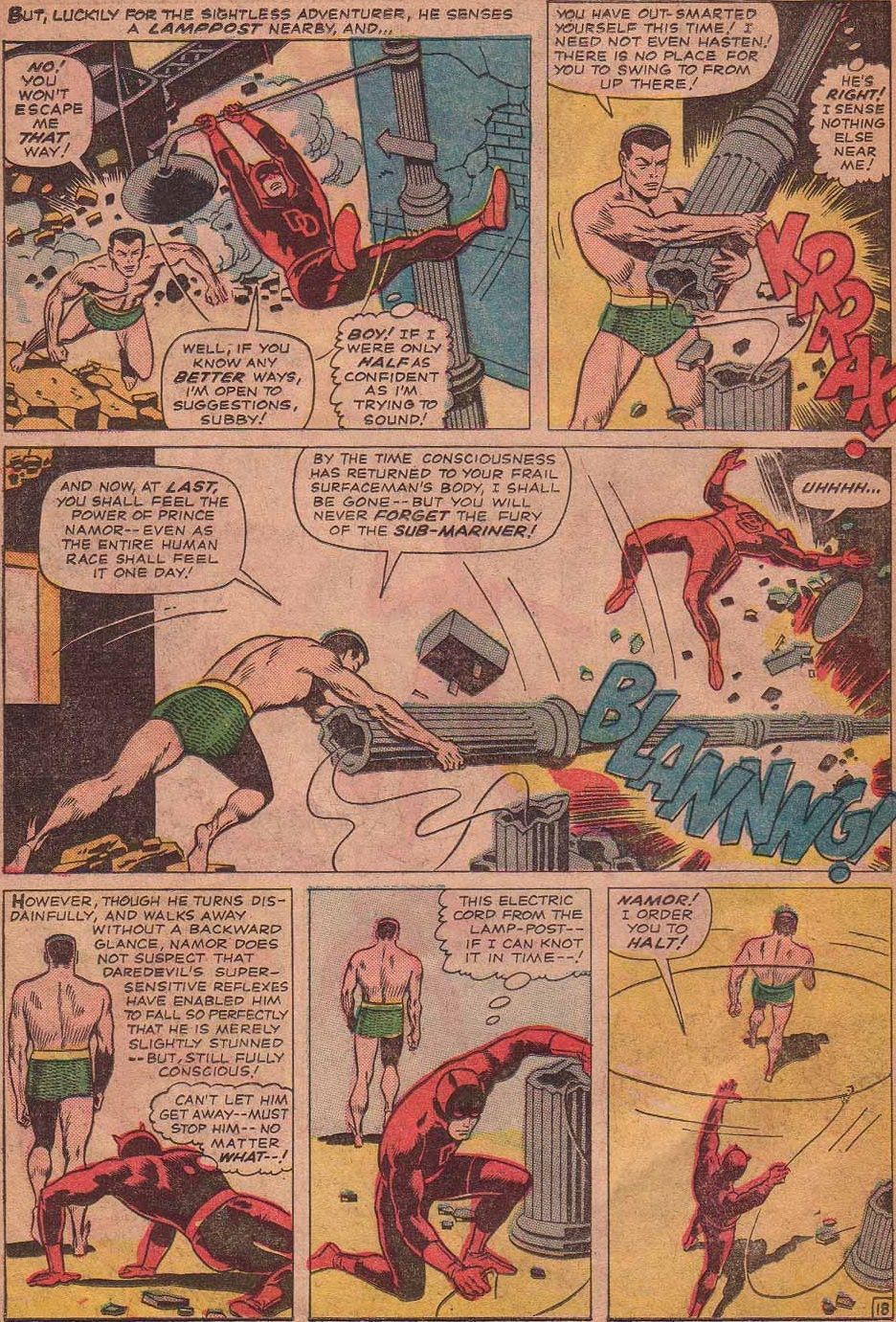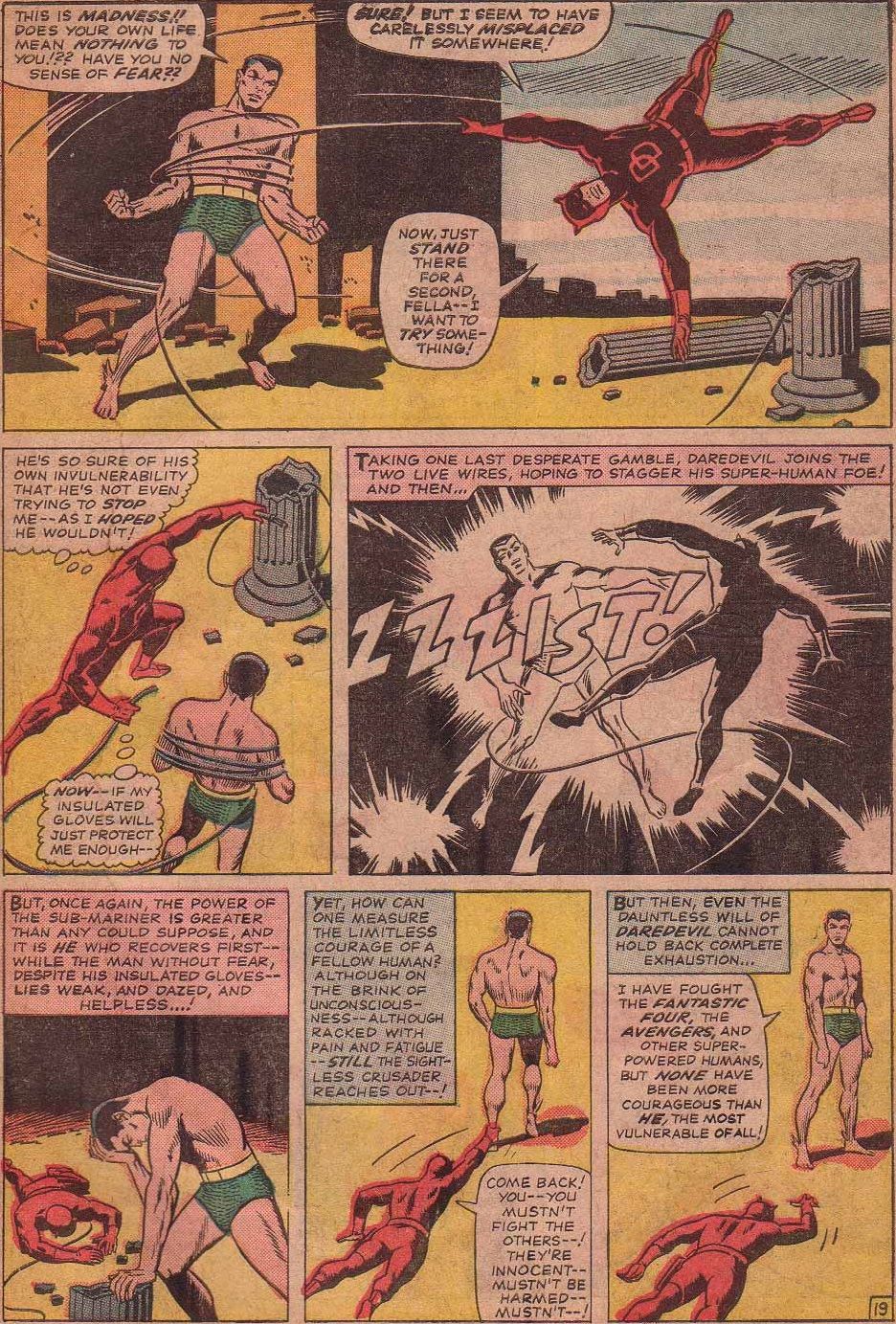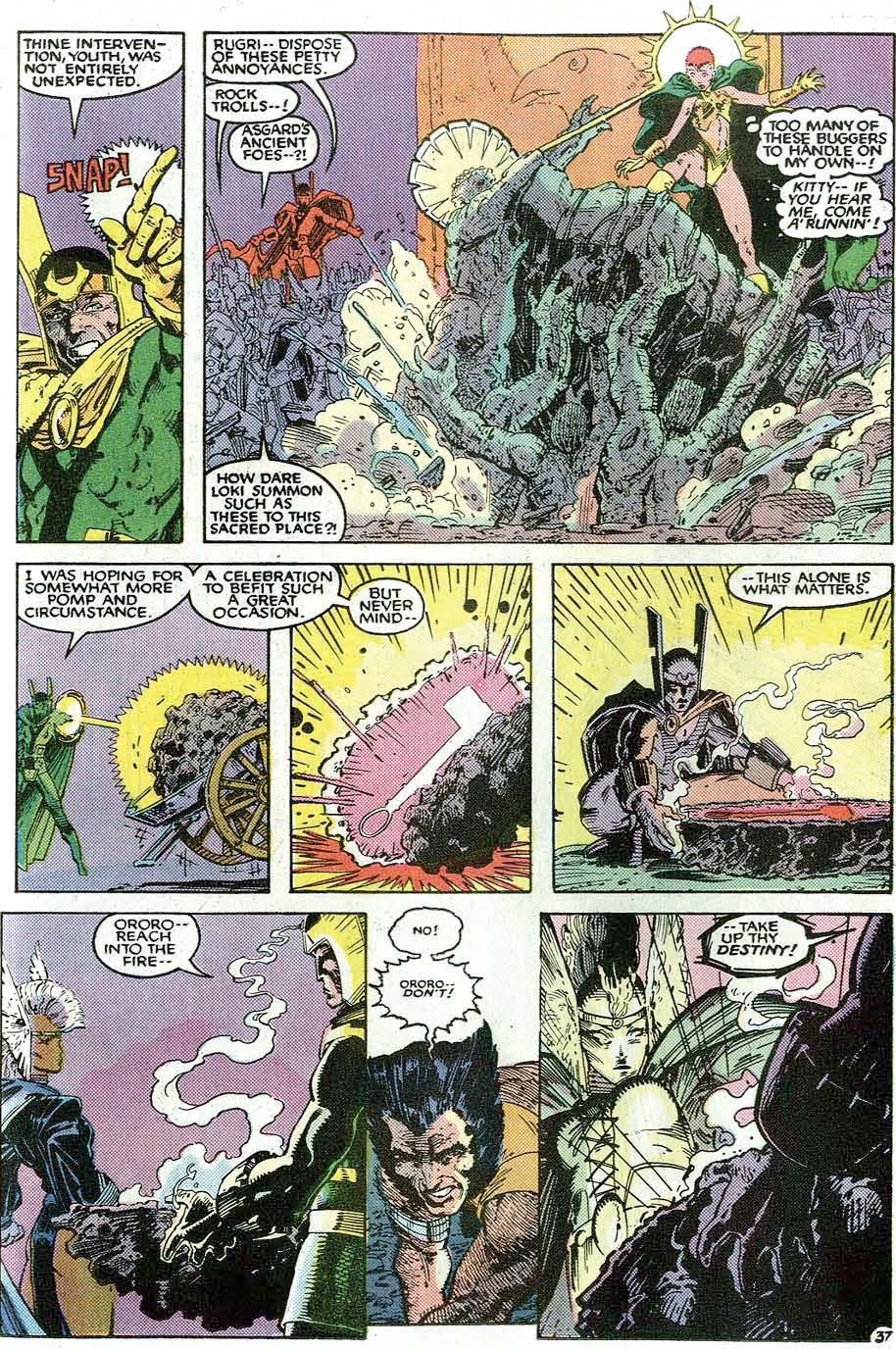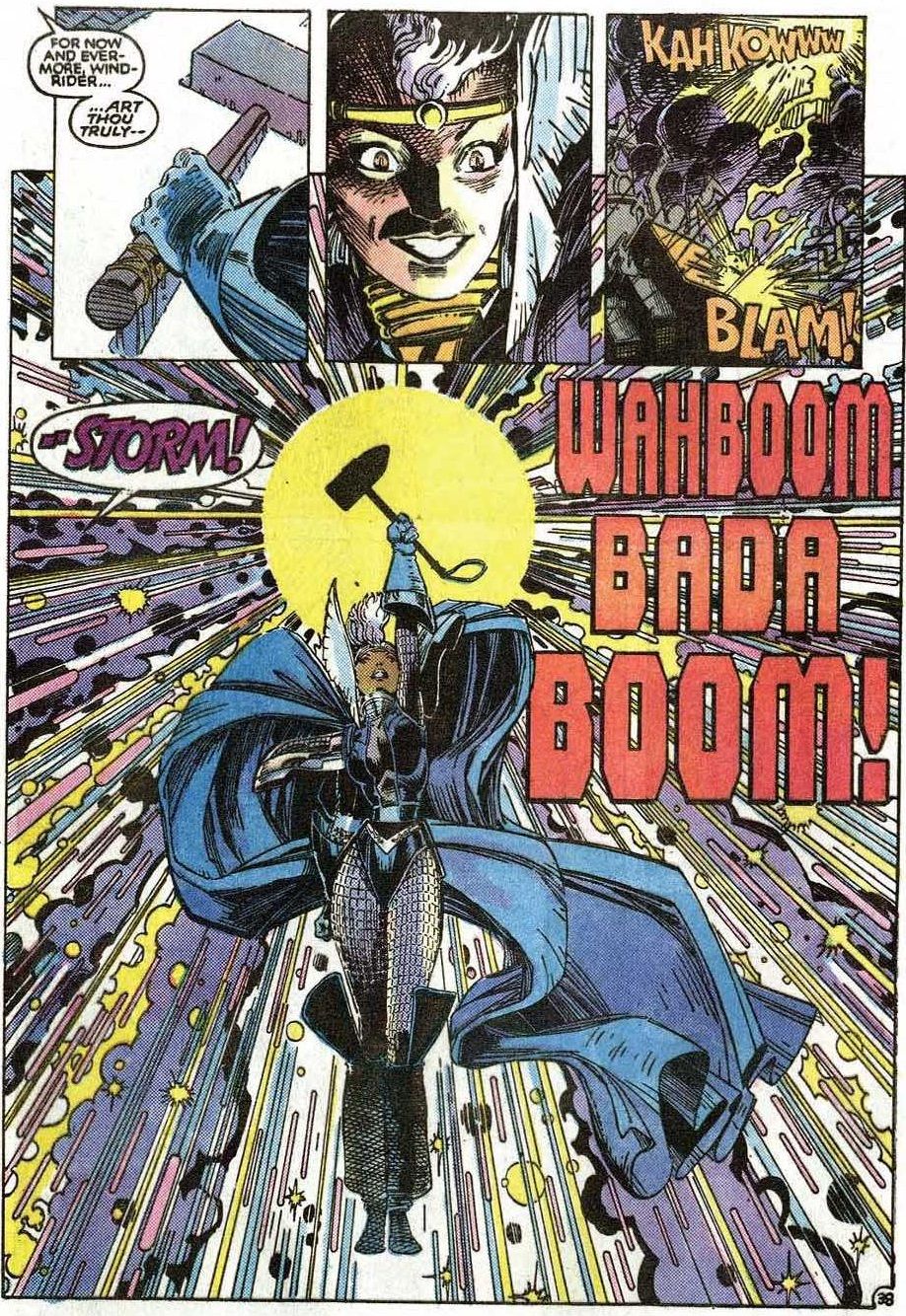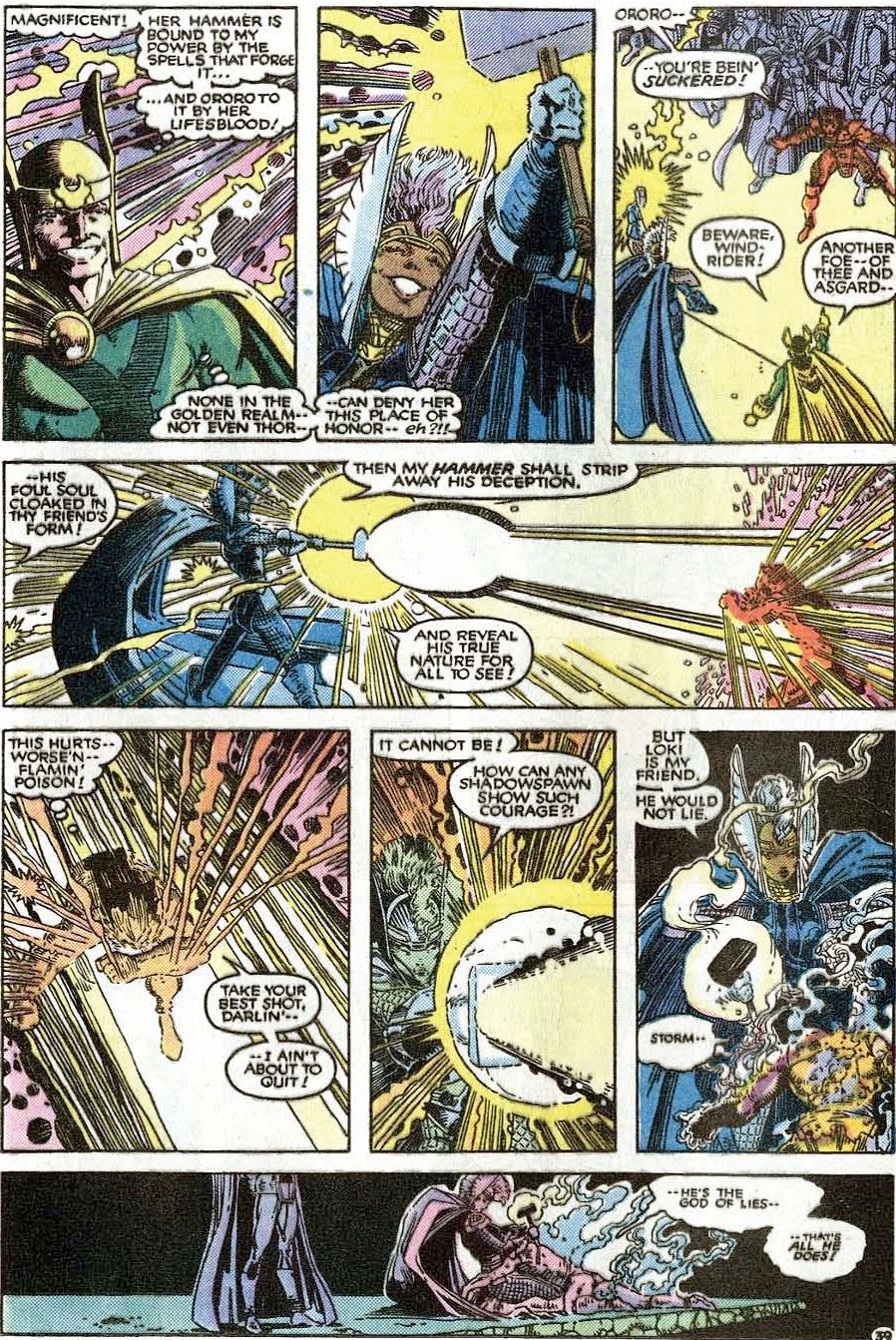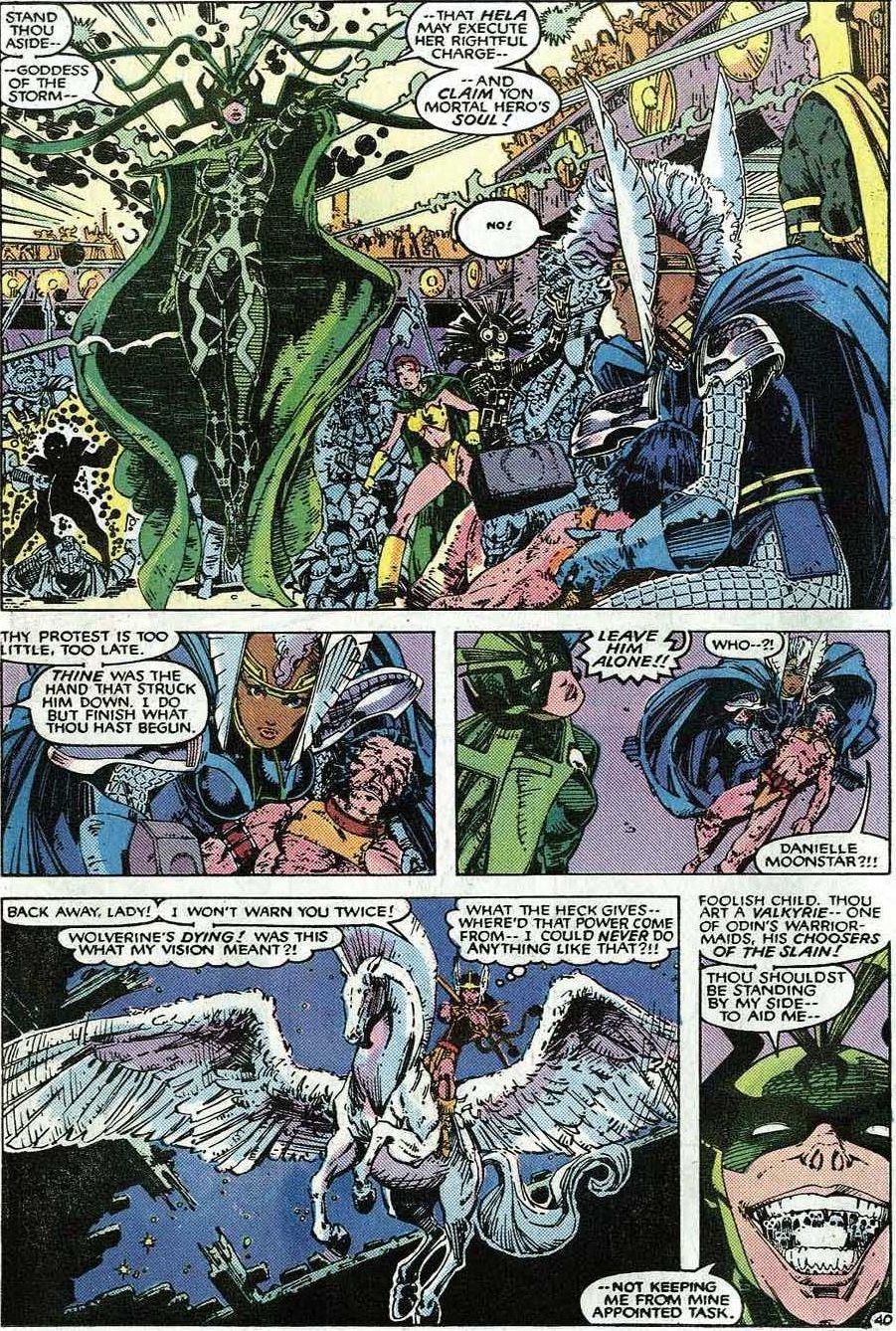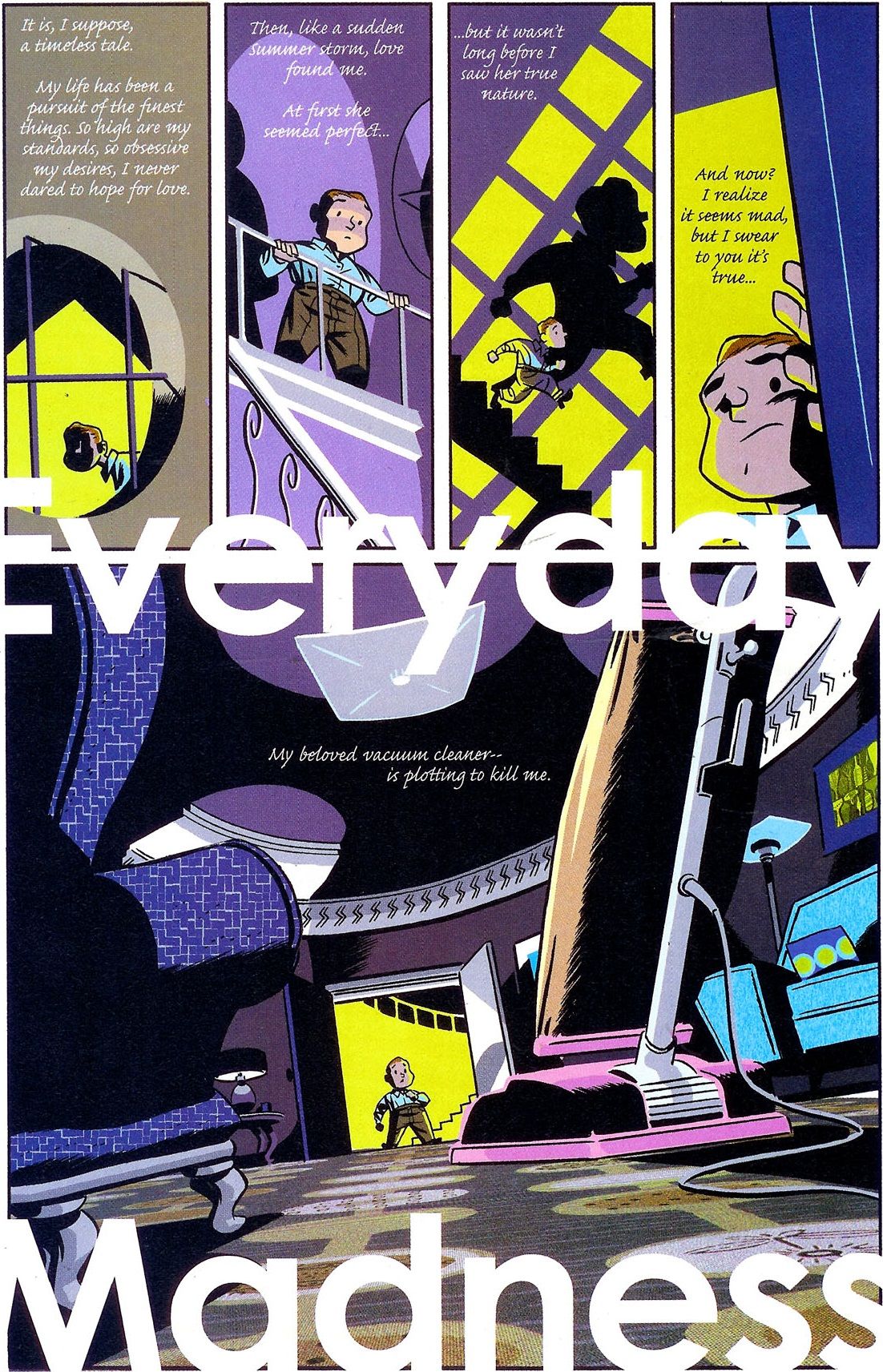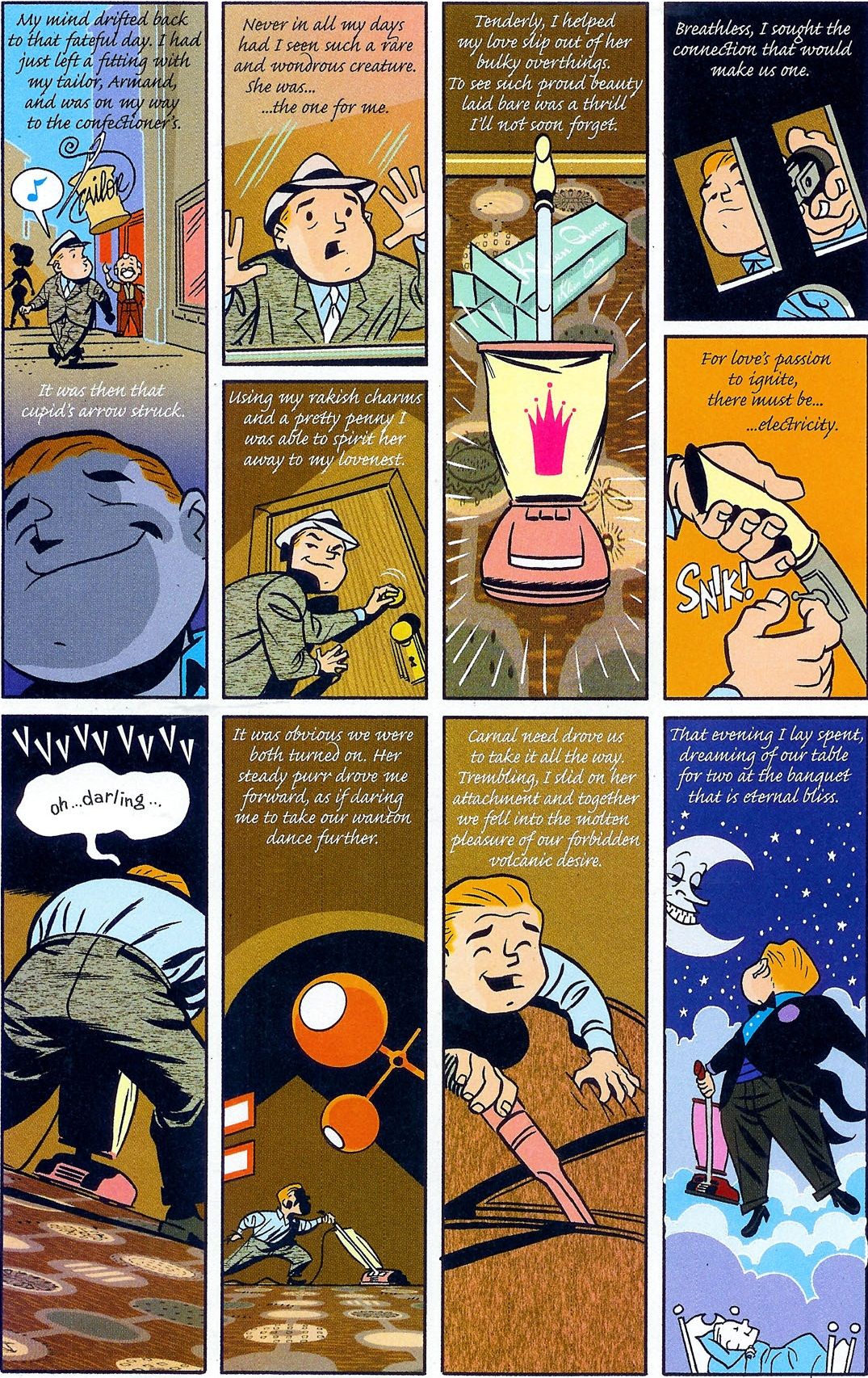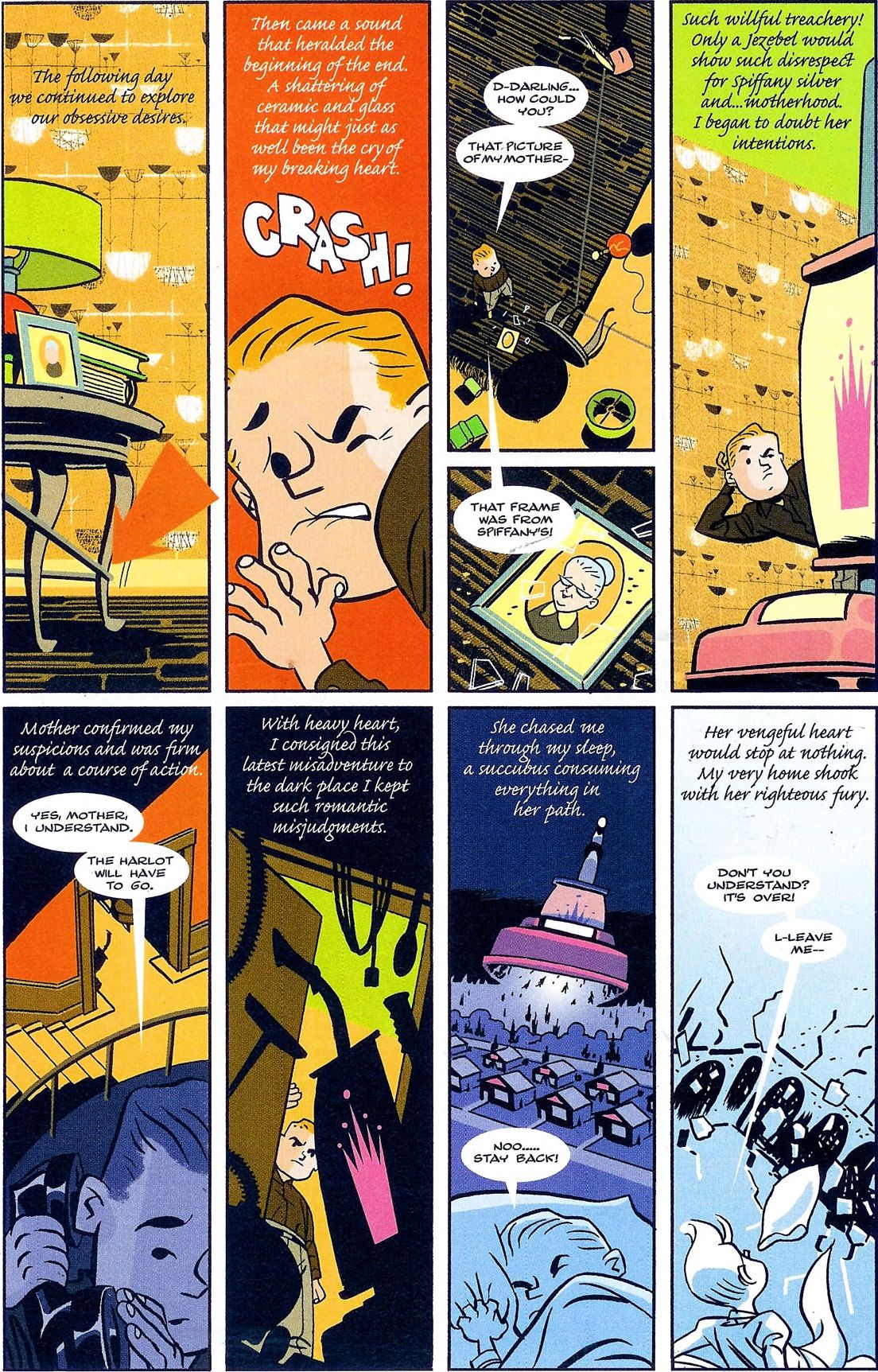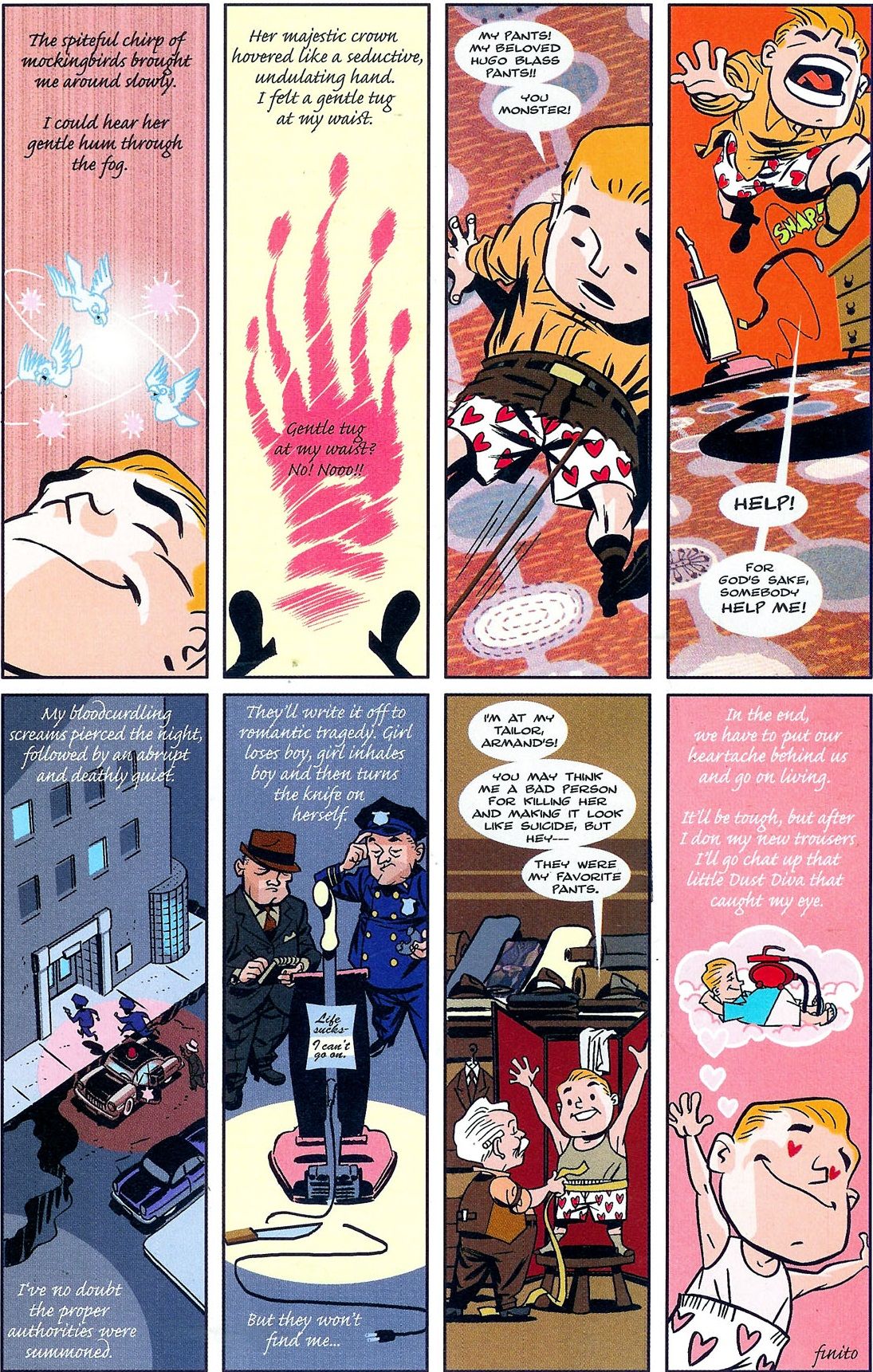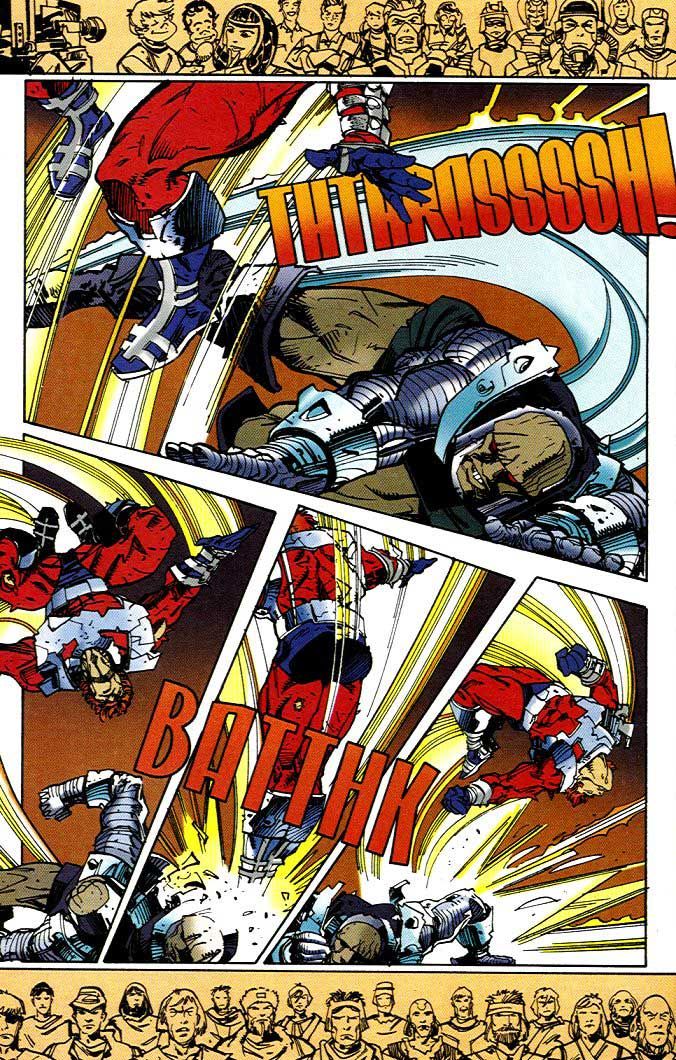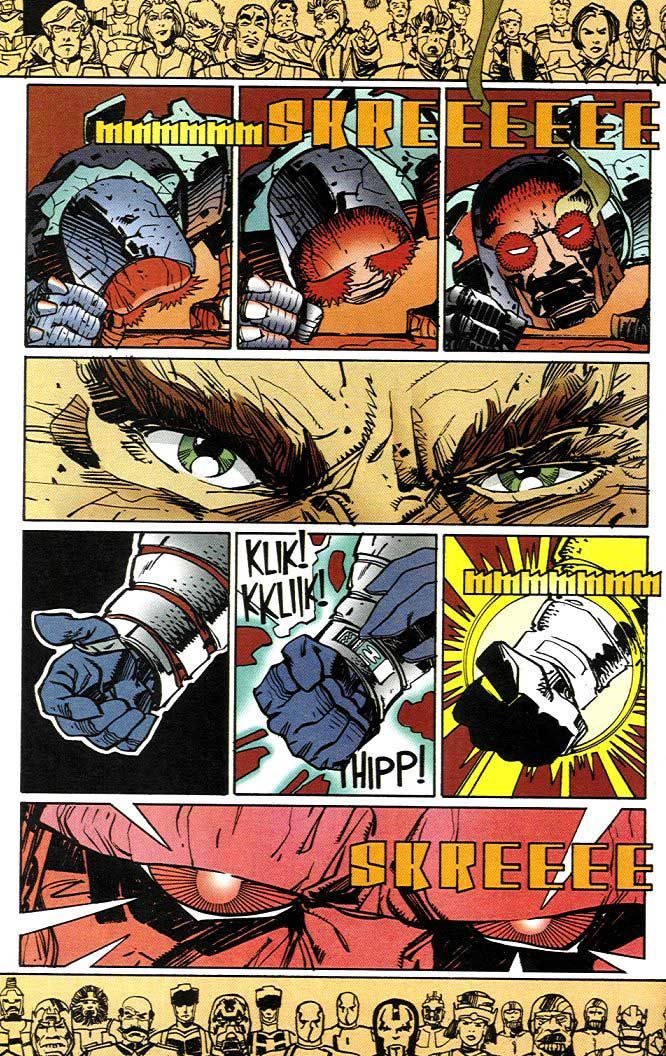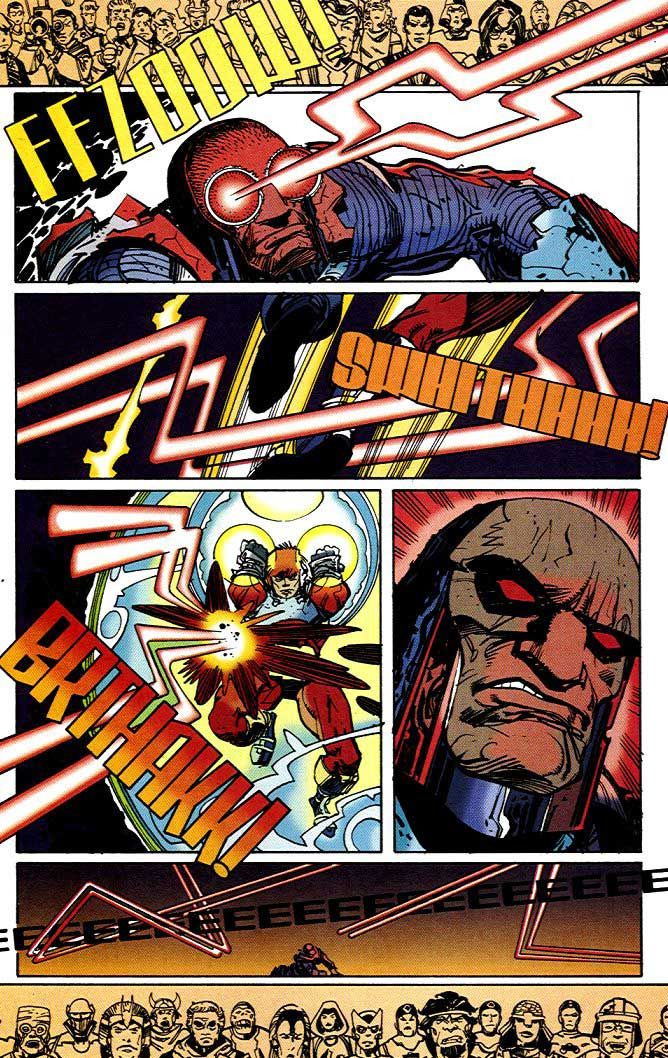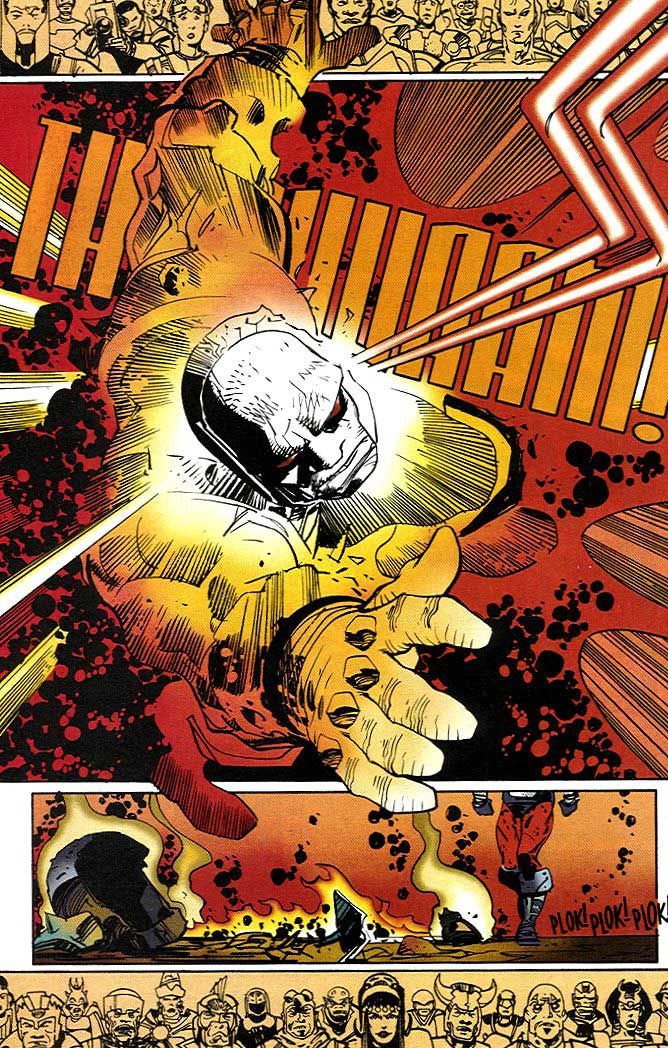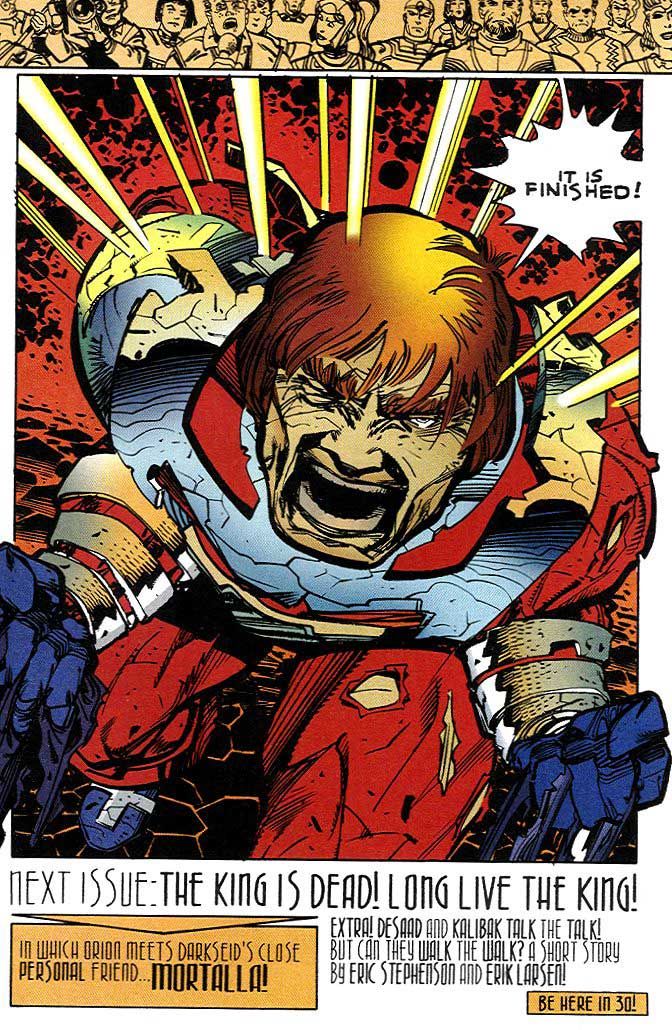Here are the next ten artists that you voted as your favorites of all-time (out of roughly 1,040 ballots cast, with 10 points for first place votes, 9 points for second place votes, etc.).
NOTE: Don’t be a jerk about creators in the comments section. If you are not a fan of a particular creator, that’s fine, but be respectful about it. No insulting creators or otherwise being a jerk about creators. I’ll be deleting any comments like that and, depending on how jerky the comment was, banning commenters.
30. John Cassaday - 391 points (6 first place votes)
John Cassaday lays out his pages extremely well, and it is no surprise that his work is so popular, as people tend to go for that quasi-realistic approach in a big way, and Cassaday has all of that while never sacrificing clarity. Here is his famous handling of the revelation that Colossus was not actually dead...
It practically gives me chills!
29. Bryan Hitch - 397 points (3 first place votes)
Recently, Bryan Hitch has been doing a few creator-owned titles for Image Comics. One he did with writer Jonathan Ross and the other he wrote himself. Both works (America's Got Powers and Real Heroes) spotlight the notion of "regular" people getting superheroes. This is a perfect avenue for Hitch to go down, since so much of his greatest attributes as a comic book artist are in the way that he brings a compelling brand of realism to his work - he makes an over-the-top superhero sequence so grounded in a sort of realistic approach that he makes it stand out in a fascinating way. The most famous example of this, of course, was his run on Ultimates with writer Mark Millar. Here, the Ultimates have their first public superhero fight, and it's against their own teammate, the Hulk...
28. Gil Kane - 408 points (3 first place votes)
For over FIFTY years, Gil Kane's name was synonymous with top rate superhero artwork. If you were reading a Gil Kane comic book, you knew you were almost certainly going to get some great action inside your comic. That's not he started out, of course, as originally he worked as a support artist as a teenager during the 1940s and worked his way up to becoming of one Julie Schwartz's regulars during the 1950s on DC Comics' science fiction comics. When Schwartz decided to launch new versions of the Golden Age superheros during the late 1950s, Gil Kane was right there to join in, drawing both the new Green Lantern and the new Atom for almost a decade.
In the late 1960s, Kane was wooed by Stan Lee to Marvel Comics. In the early 1970s, Kane began a stint on Amazing Spider-Man, including the death of Gwen Stacy, one of the most famous comic book stories of all-time...
Kane returned to DC in the 1980s for a strong run on Superman in Action Comics. He then continued to work here and there right until he passed away in 2000.
Go to the next page for #27-24...
27. Mike Allred - 410 points (7 first place votes)
Mike Allred's artwork mixes two distinct visual cues - the sort of Silver Age throwback look mixed with realistic people stuck in over-the-top situations. The latter gives his work a great deal of pathos and the former makes him work worst especially well when his style matches well to the subject he's studying any longer.
In his issue of Solo, Allred re-visited his youth and showed kids coming up with new adventures inspired by the comics they were reading at the time)...
26. Brian Bolland - 445 points (8 first place votes)
Brian Bolland's stunning work is shocking to us NOW, can you even imagine how great it looked to comic fans of the 1980s, where first Bolland did a maxi-series about Camelot 3000 and a short story in Justice League of America #200, but fans perhaps know him best for The Killing Joke, a sort of origin for the Joker...
25. Stuart Immonen - 451 points (7 first place votes)
What I love about Stuart Immonen is that he has never been one to rest on his laurels - he's constantly trying out new approaches to his work while never sacrificing the quality of his art. One of my favorite comics by Immonen is Nextwave, where he brilliantly mixed cartoon-like action with extreme decision...
Look at how detailed the destruction of the car is! That's nuts!
That's how Immonen rolls, he matches his style to the need of the book and it is amazing.
24. Wallace Wood - 474 points (5 first place votes)
Wood didn't even MAKE the top fifty four years ago, so his placement here is surprising, while also being well deserved. Wallace Wood was one of the true visionary of comics. He designed the Mars Attacks trading cards, he enraptured a whole generation with his legendary EC horror and science fiction covers. But perhaps most of all, Wood was a comic creator who danced to the beat of his own drum. Stan Lee tried to harness Wood's brilliance for a time, but Wood chafed at the reins, although not before giving us this classic issue of Daredevil where Daredevil tries to stop Namor from destroying New York City...
Go to the next page for #23-21...
23. Arthur Adams - 486 points (7 first place votes)
Art Adams burst on to the scene in the mid-80s and his dynamic, incredibly detailed and extremely stylized artwork soon became the sort of rallying cry of a whole generation of artists. Adams was never the timeliest of artists, so he tends to concentrate on special events and covers, but when he does a whole issue (like the two-parter between the New Mutants and X-Men where Loki tries to lure Storm to Asgard for her to take over from Thor as Thor), boy, is it memorable...
22. Darwyn Cooke - 606 points (7 first place votes)
Darwyn Cooke TRIED to break into comics during the 1980s but it did not go well. He went on to have an illustrious career in the world of animation. Once established as a star in the animation field, he made his way back to comics where he stunned the comics world with his Batman graphic novel, Ego, but then doubly stunned everyone with his brilliant love letter to the DC Universe that is New Frontier (which tells the story of the DC Universe in the time leading up to the formation of the Justice League of America - with the story told in the late 1950s/early 1960s). All of his genius as a storyteller from animation translated beautifully to comics. He has more recently used his prodigious talents to adapt Richard Stark's Parker crime novels.
We all know Cooke can draw superheroes (DC is currently having a whole MONTH of Cooke variant covers of their heroes), so I figured I'd show off Cooke's storytelling talents in a different fashion - a short "murder mystery" from his issue of Solo (DC's spotlight series where artists were allowed to draw whatever they wanted)...
21. Walter Simonson - 620 points (6 first place votes)
One of the most bombastic comic book artists of all-time, Walter Simonson's career was barely begun before he became a critical darling for his work with Archie Goodwin on the Manhunter feature in Detective Comics. Simonson showed a particular flair for storytelling on that series. Simonson's great talents as an artist eventually got him a gig as a writer, as well, with his epic run on Thor during the 1980s pretty much defining that character for the next decade or so.
What's impressive as heck to me about Simonson is that there is no slowing this guy down. For instance, his run on Orion is almost twenty years old, but it was also nearly twenty years after his Thor run, and yet it was still an astonishing display of powerful artwork. Check out this impressive sequence from Orion #5, where Orion and Darkseid are battling to the death (notice how Simonson even makes a point to draw the citizens of New Genesis and Apokolips watching across the top and bottom of each page - that's not photo-stating, those are original drawings on each page - that's nuts!)...
Just recently, he did fine work on a number of major Marvel titles, from Mark Waid's Hulk to Brian Michael Bendis' Avengers. He's still got it!

